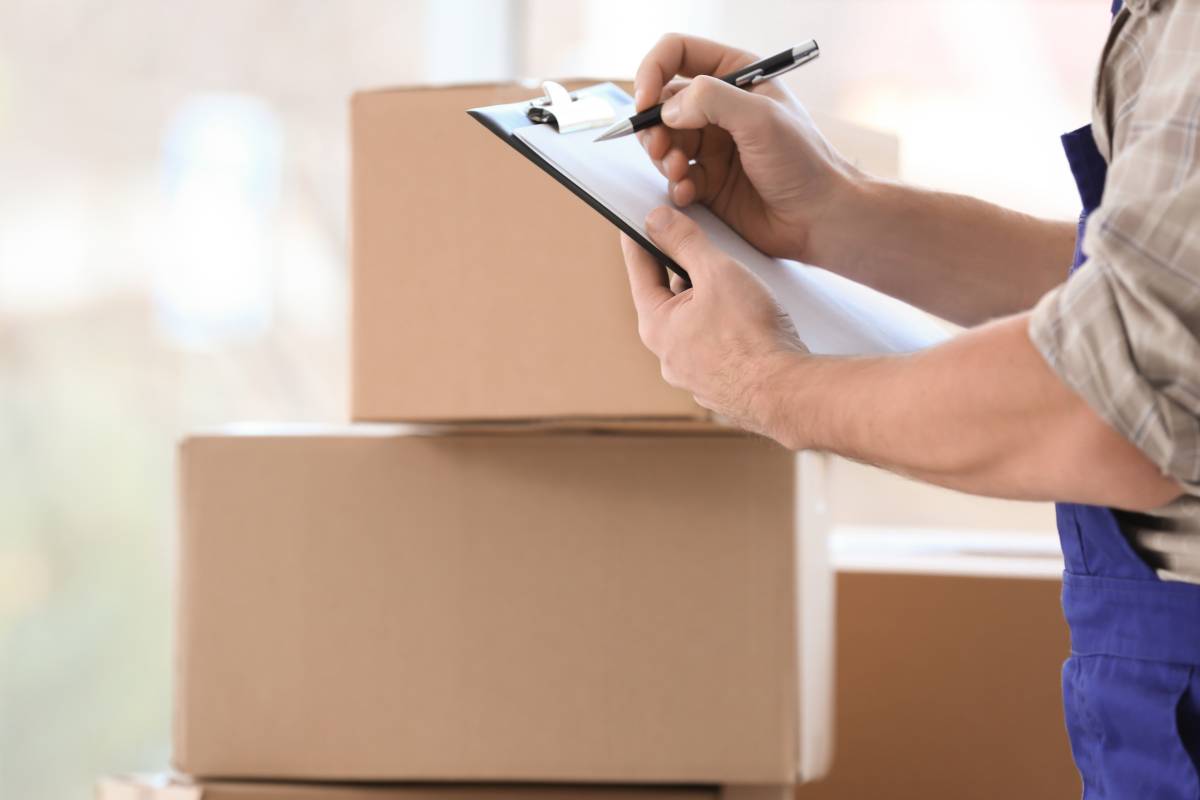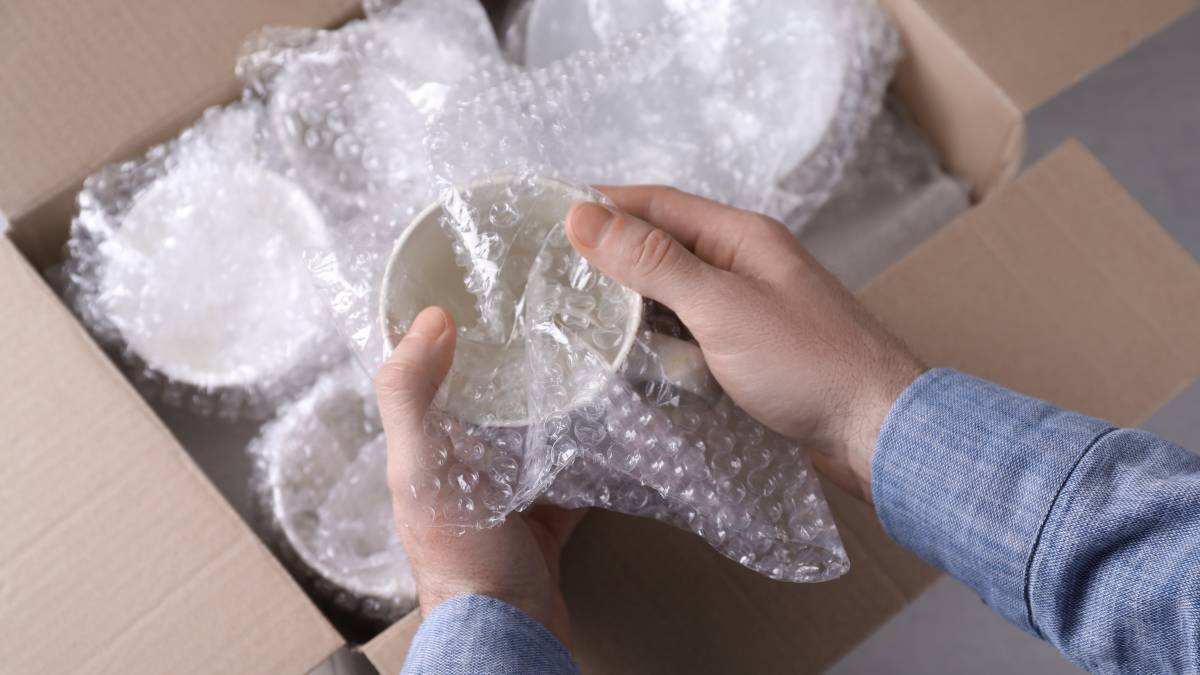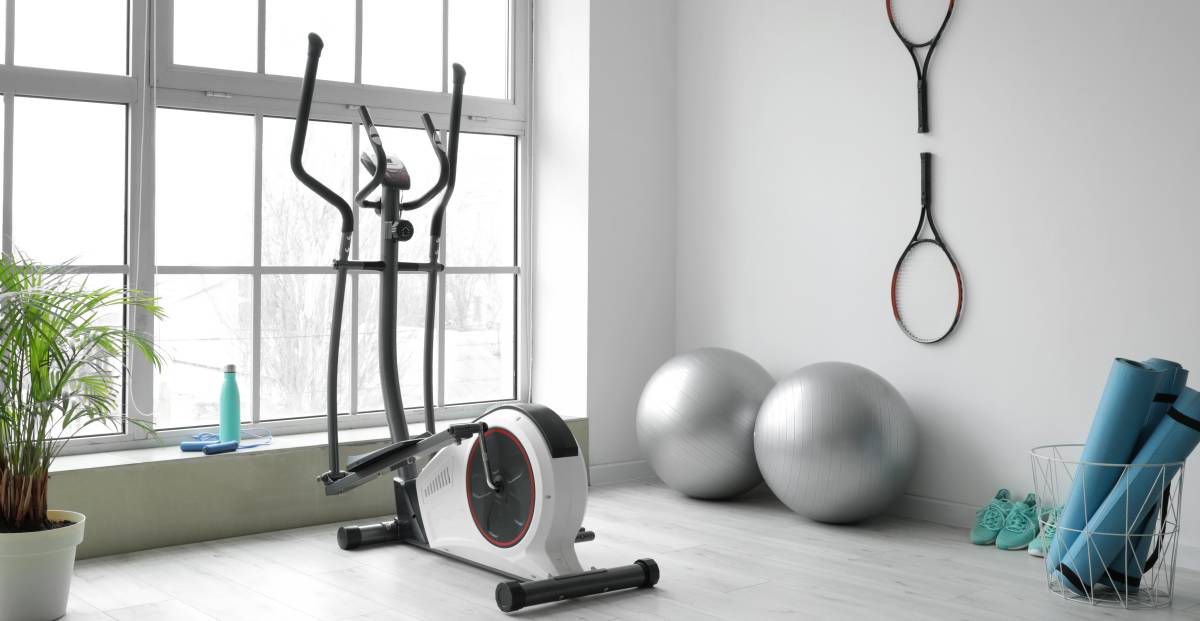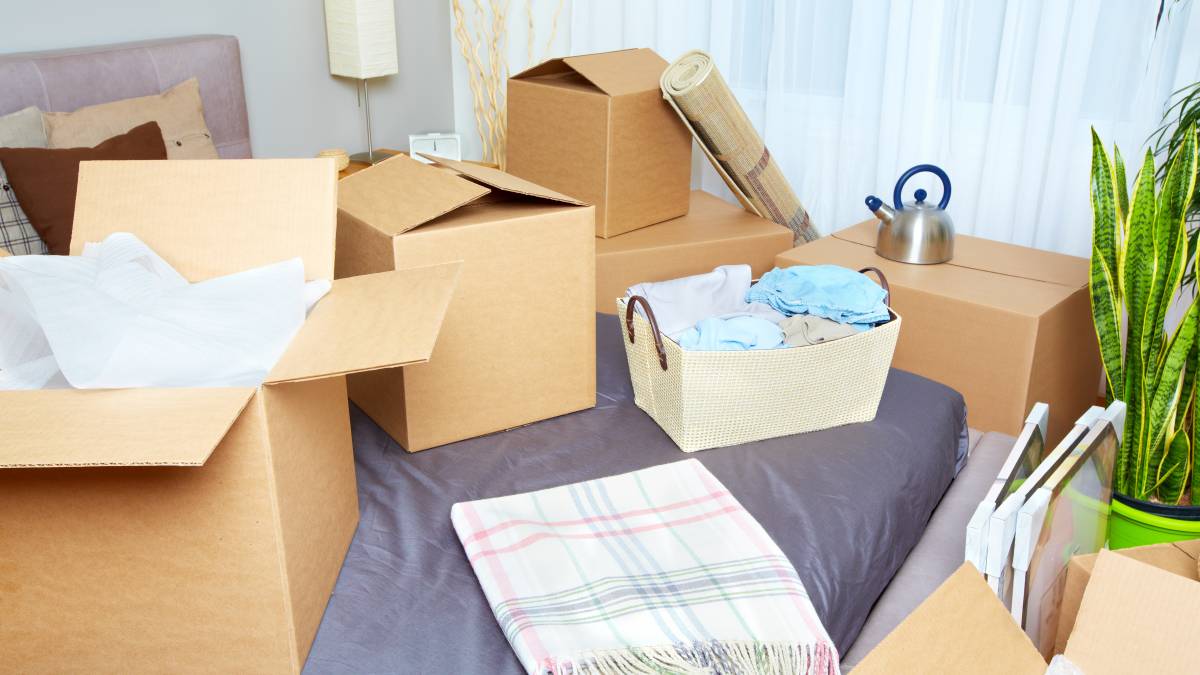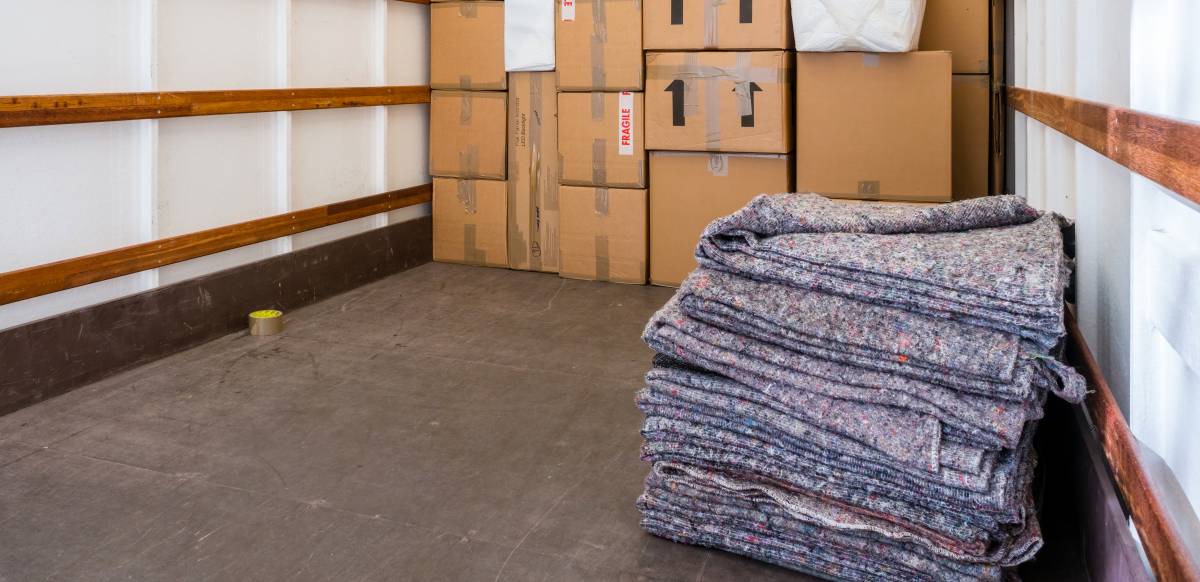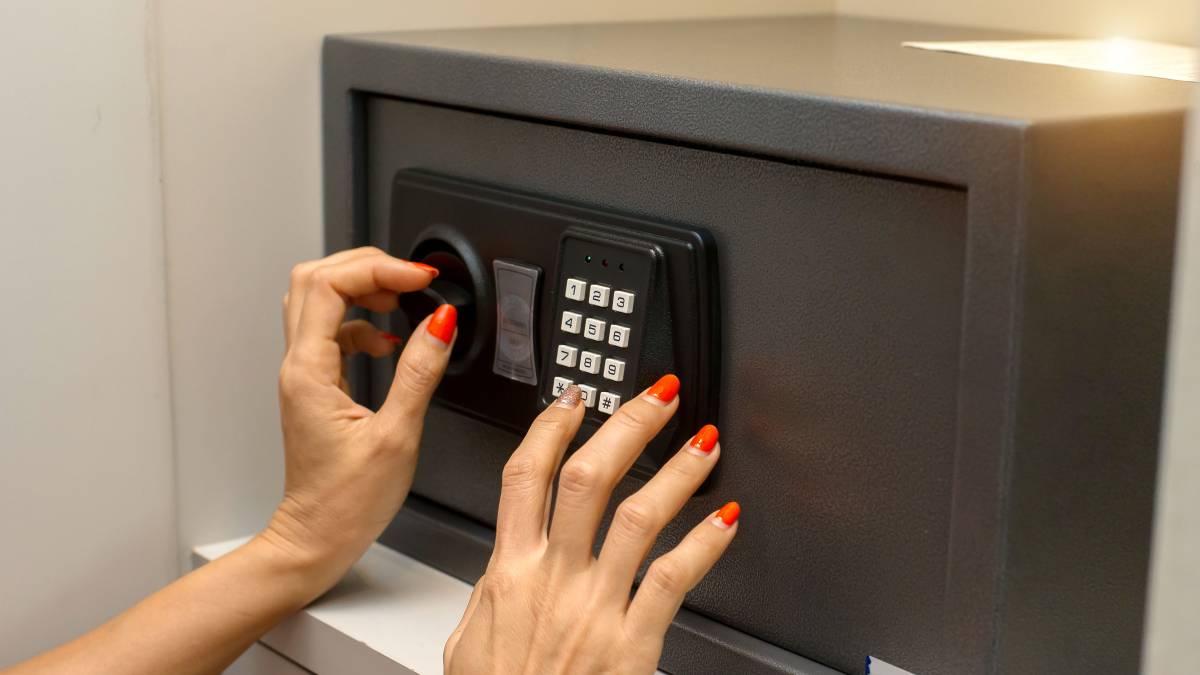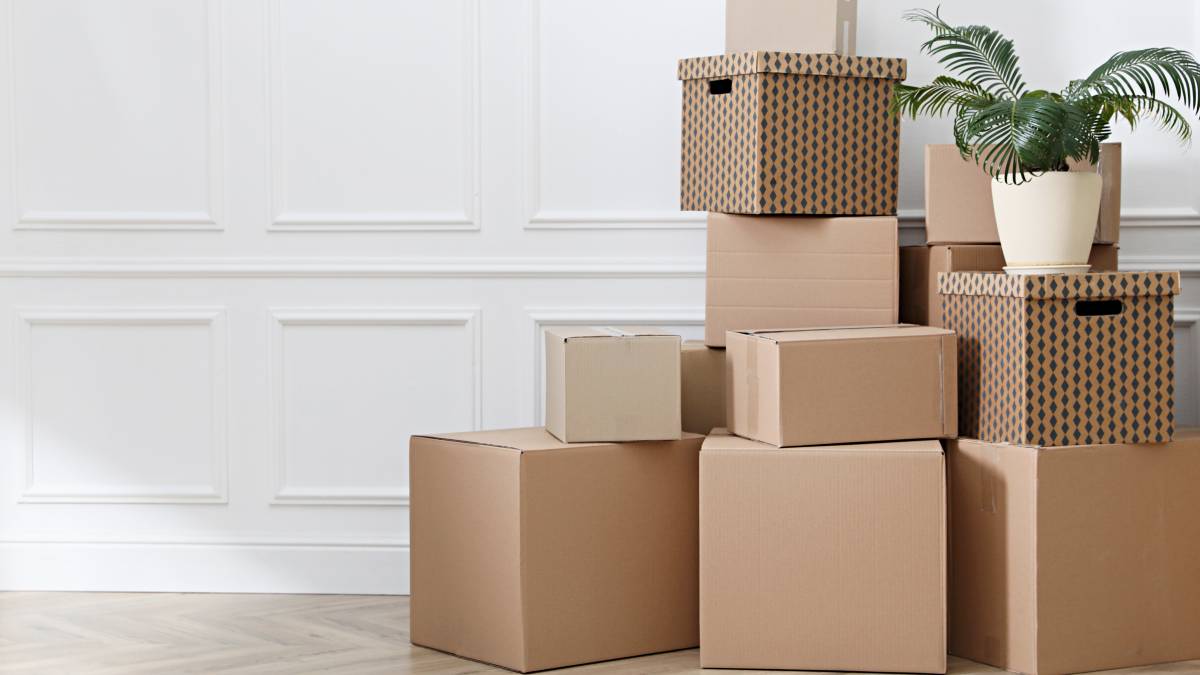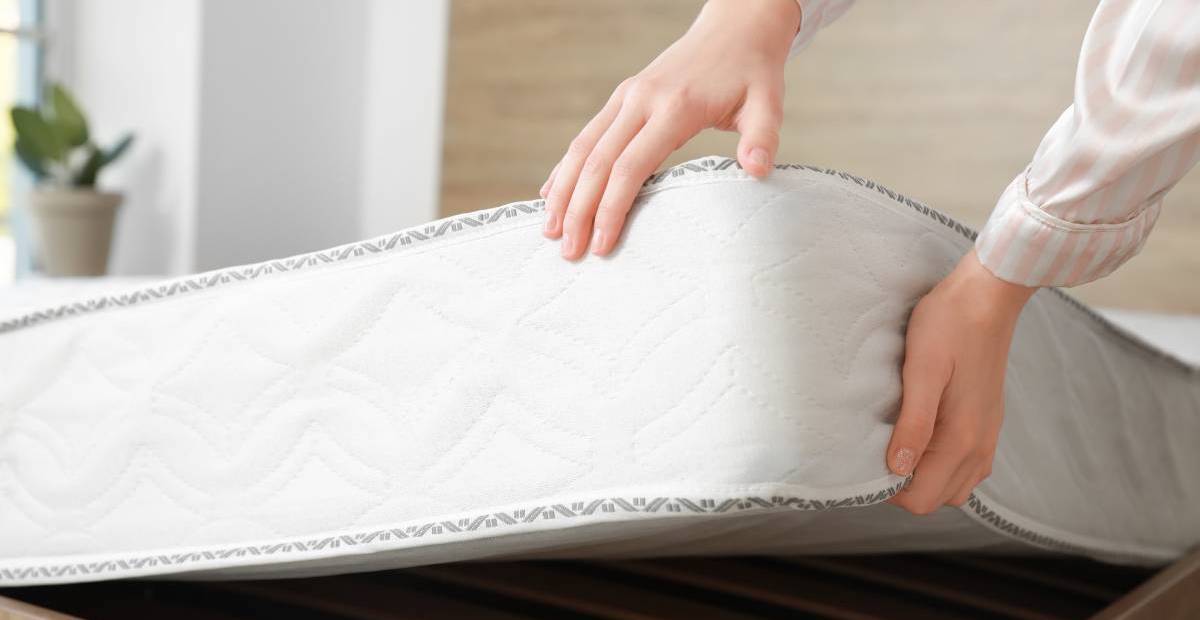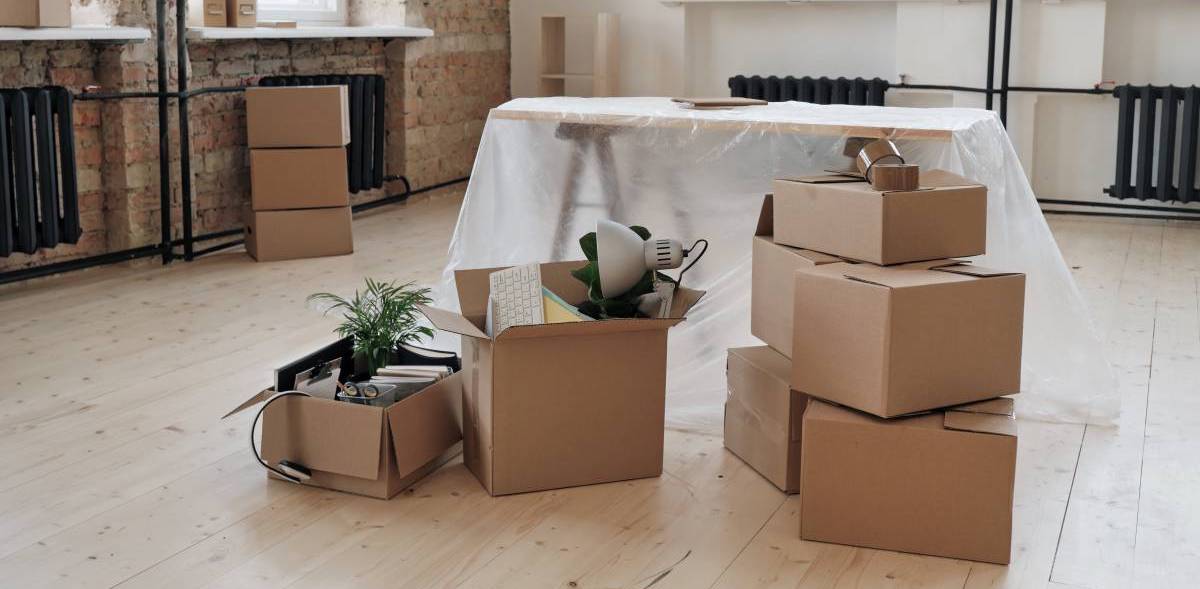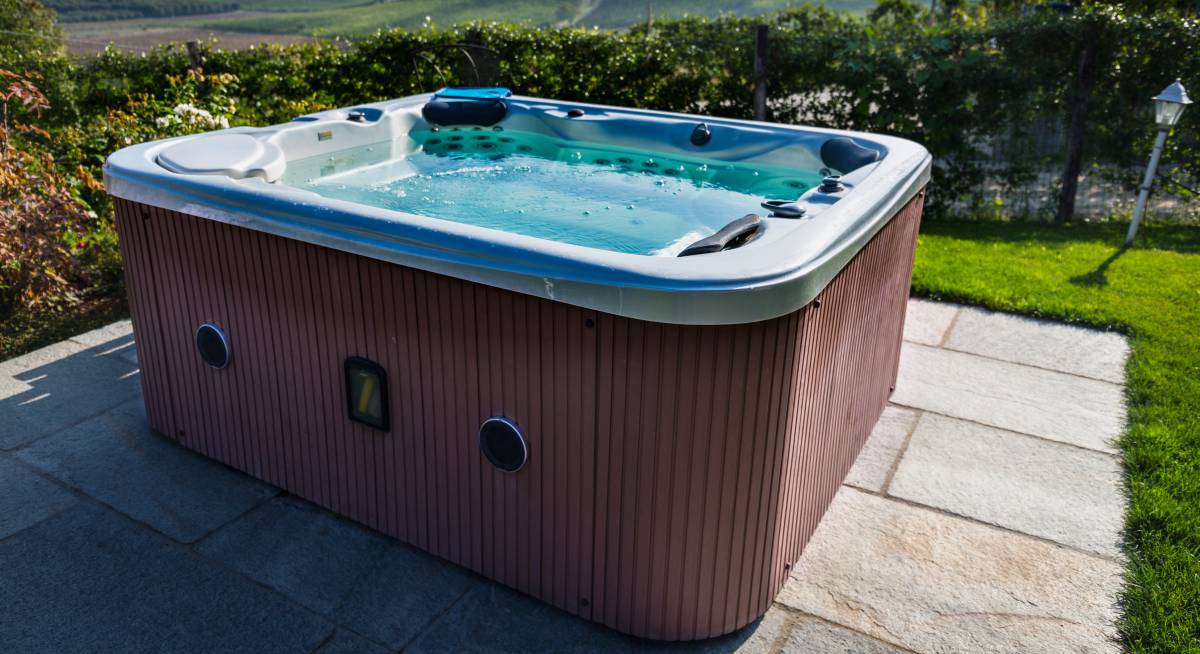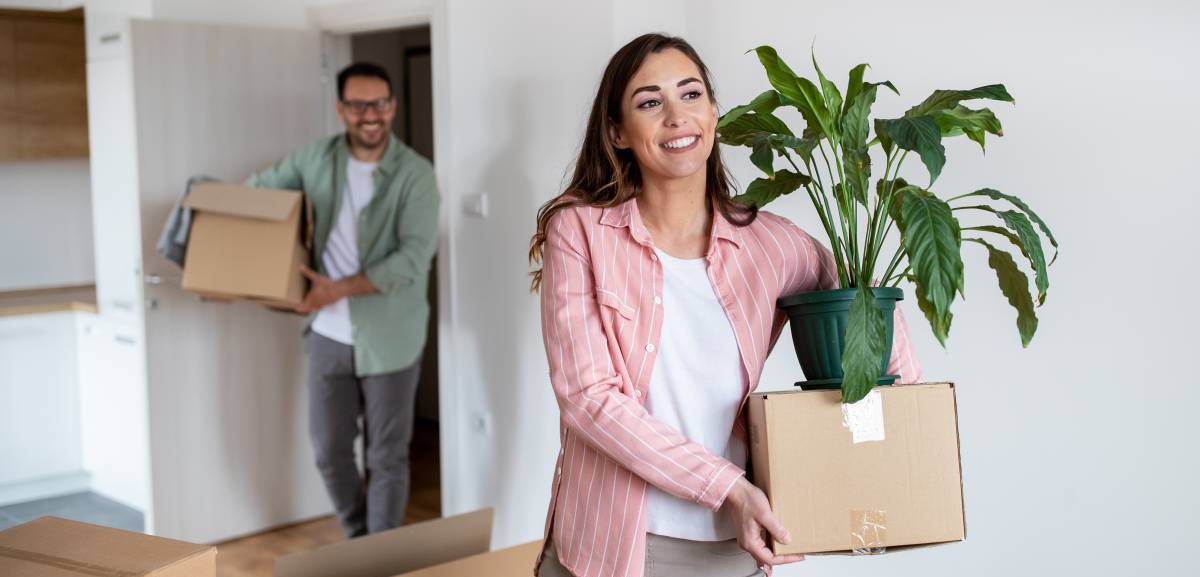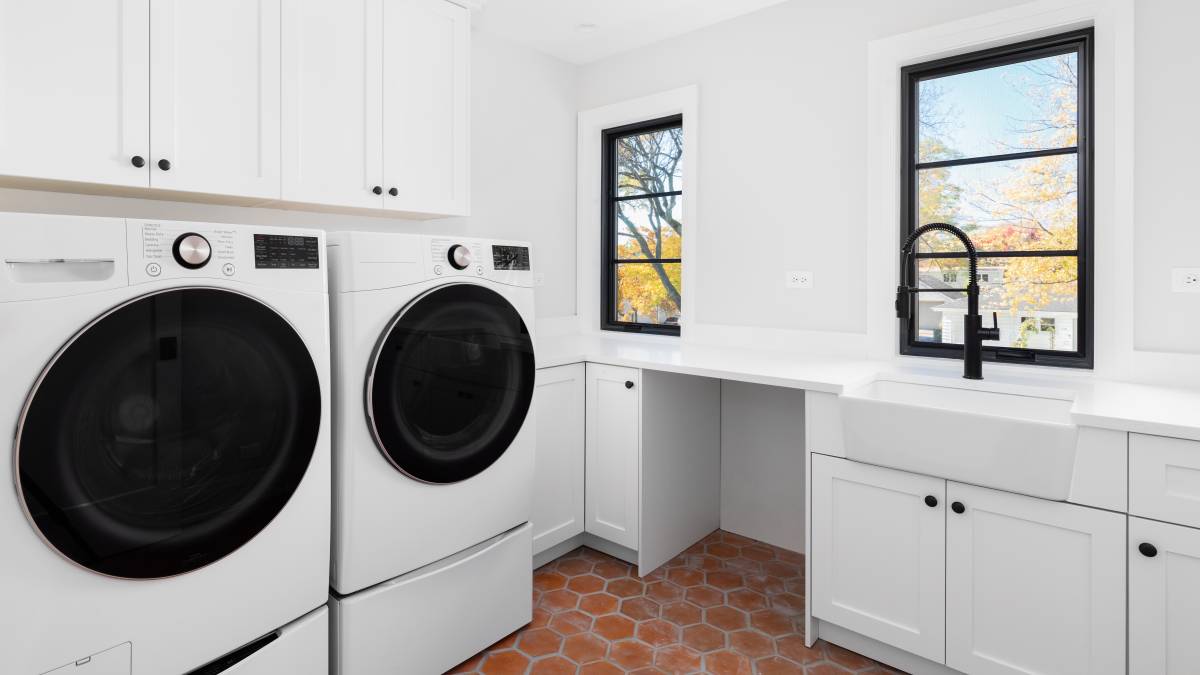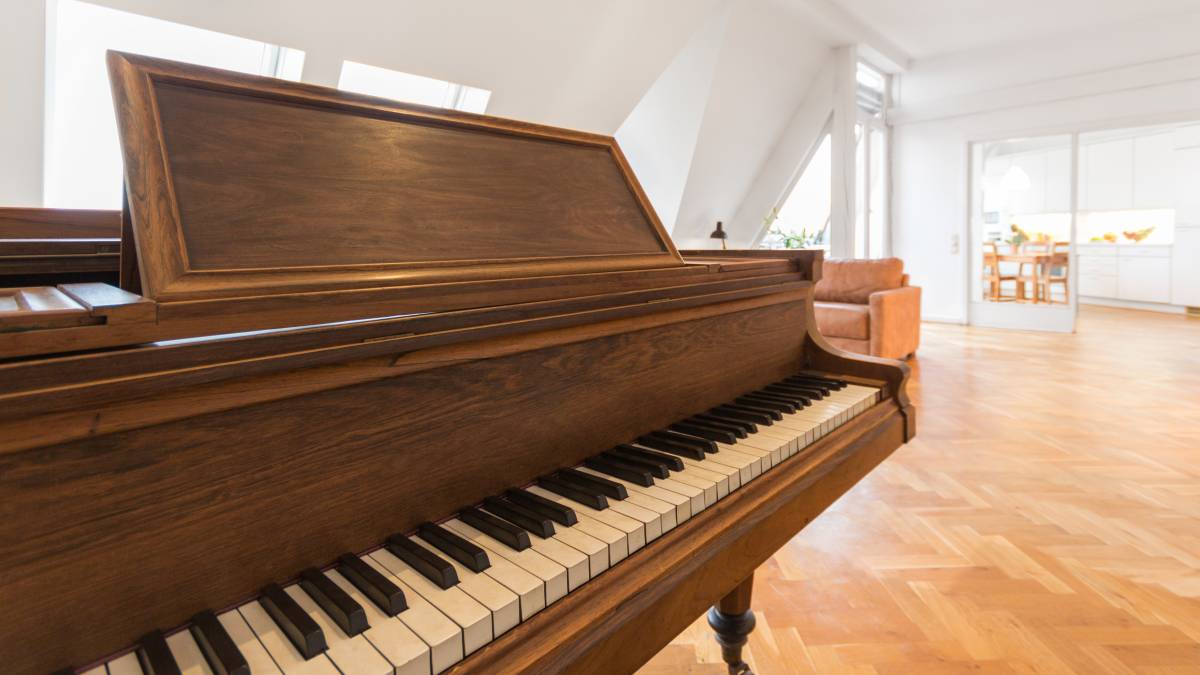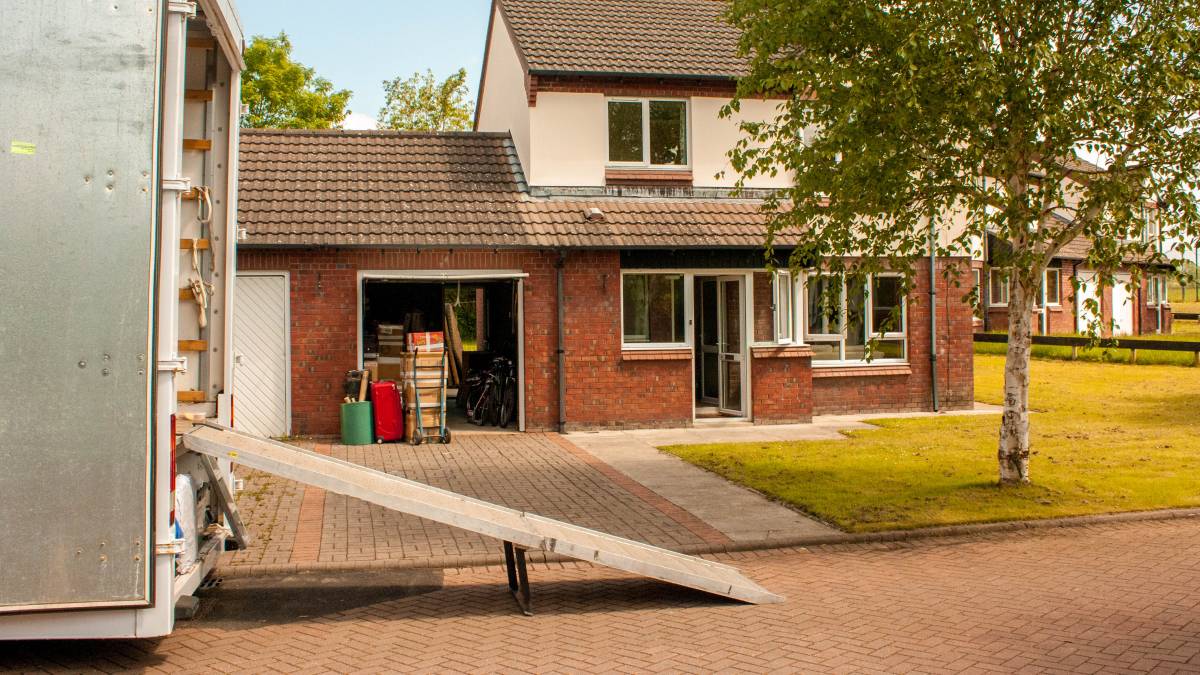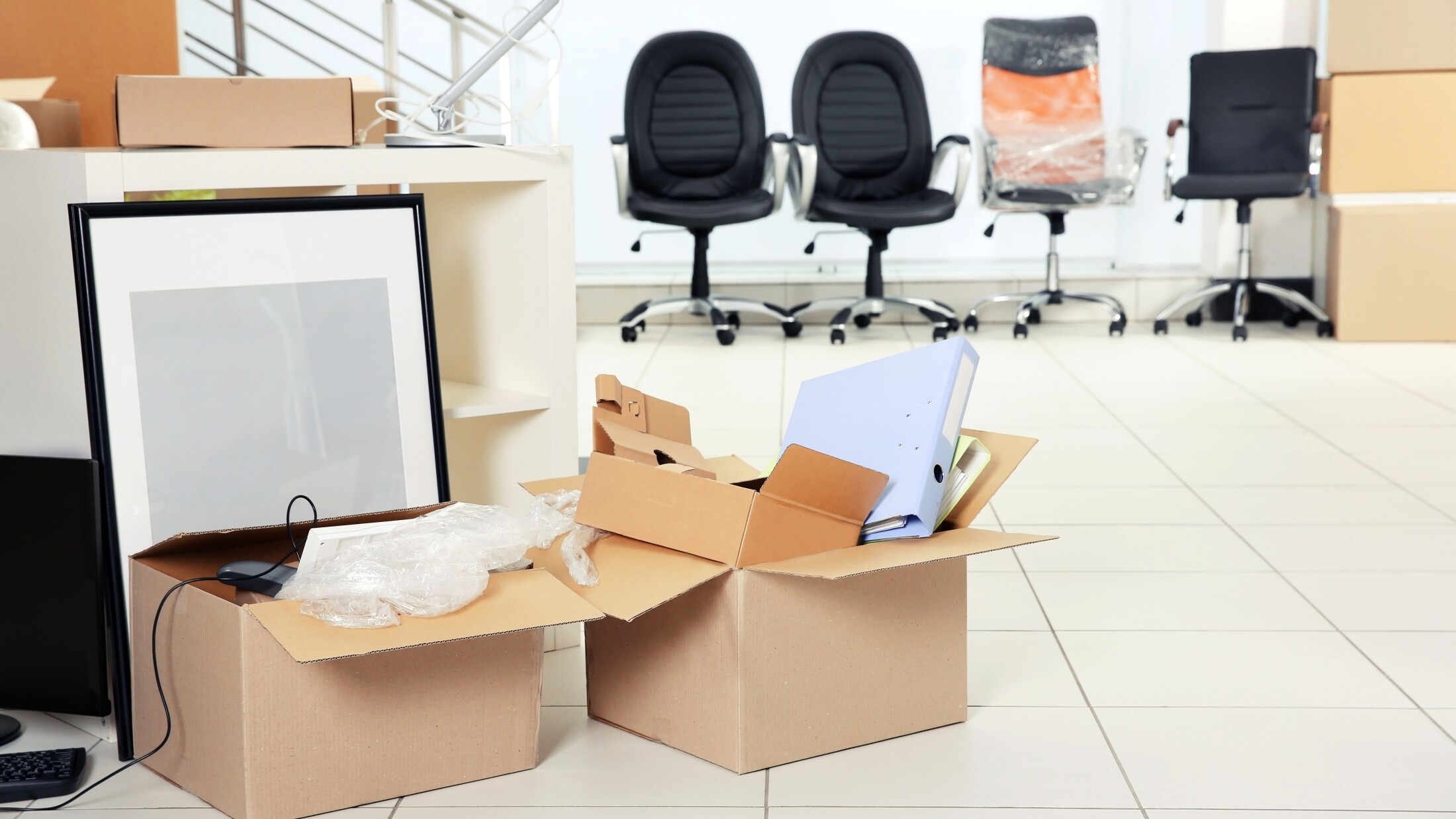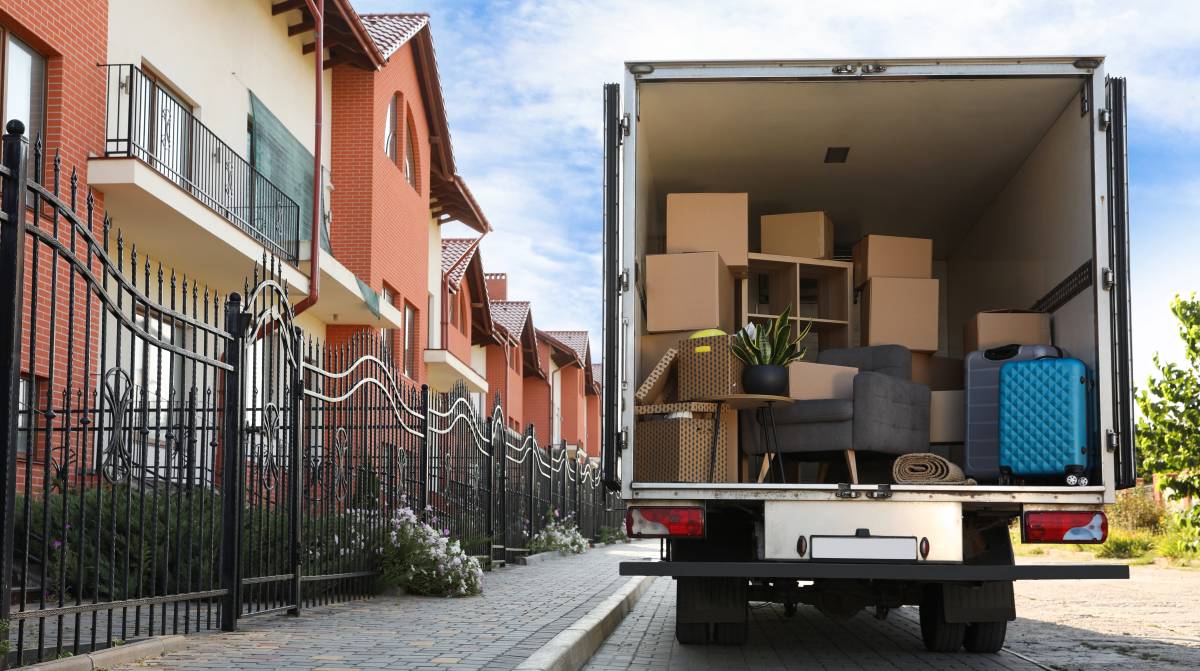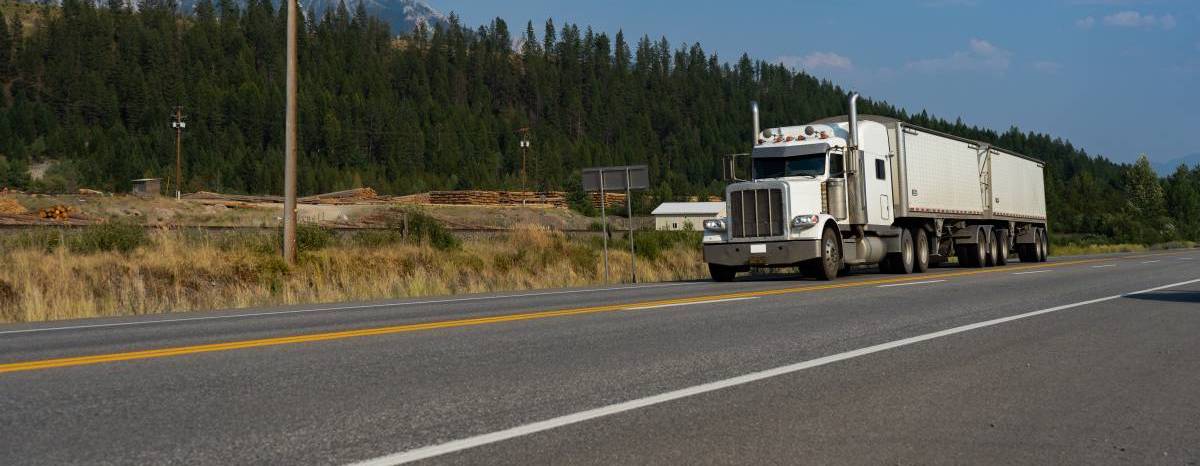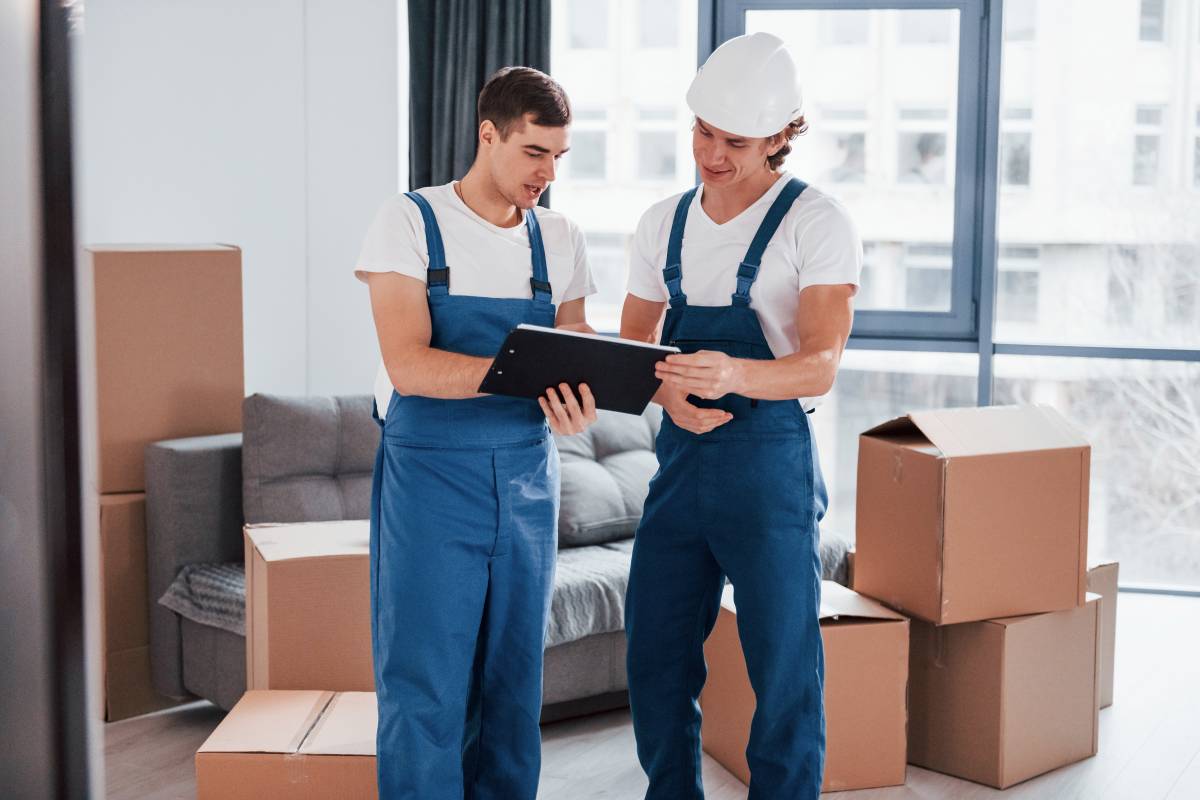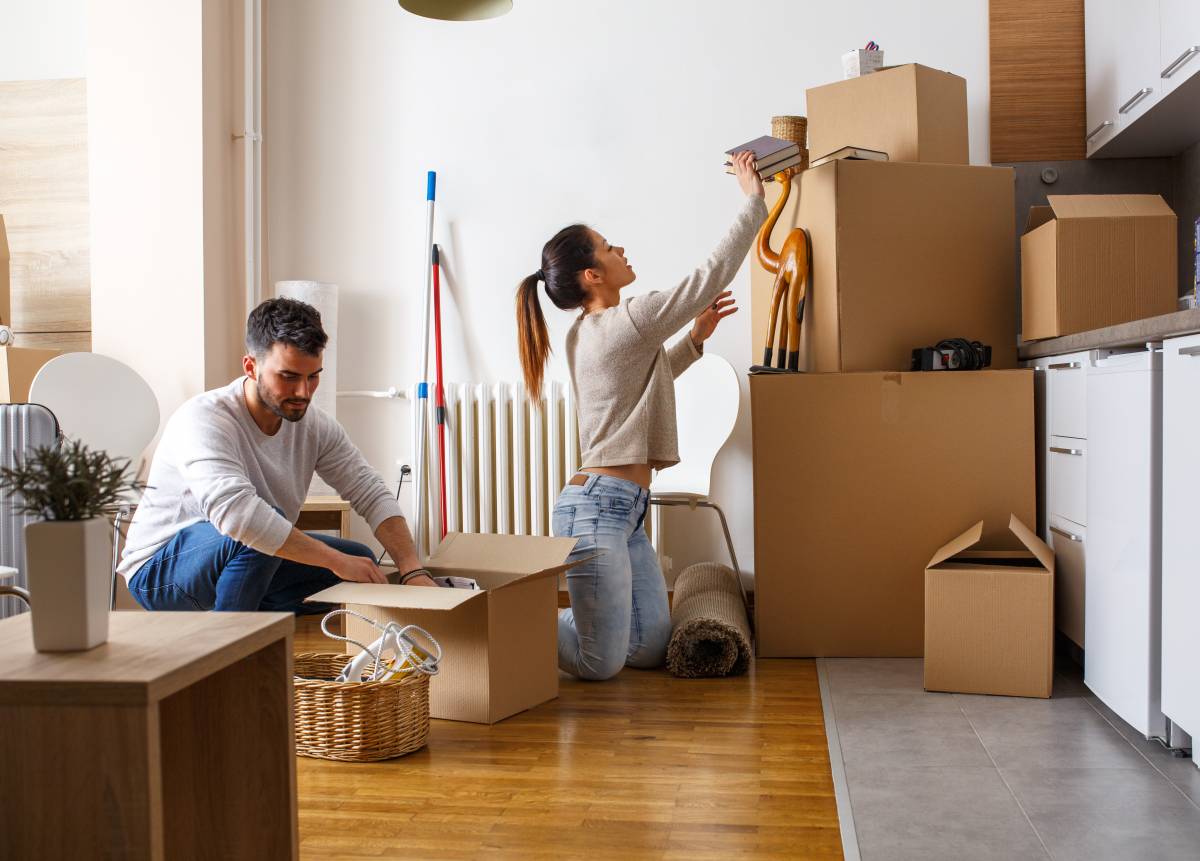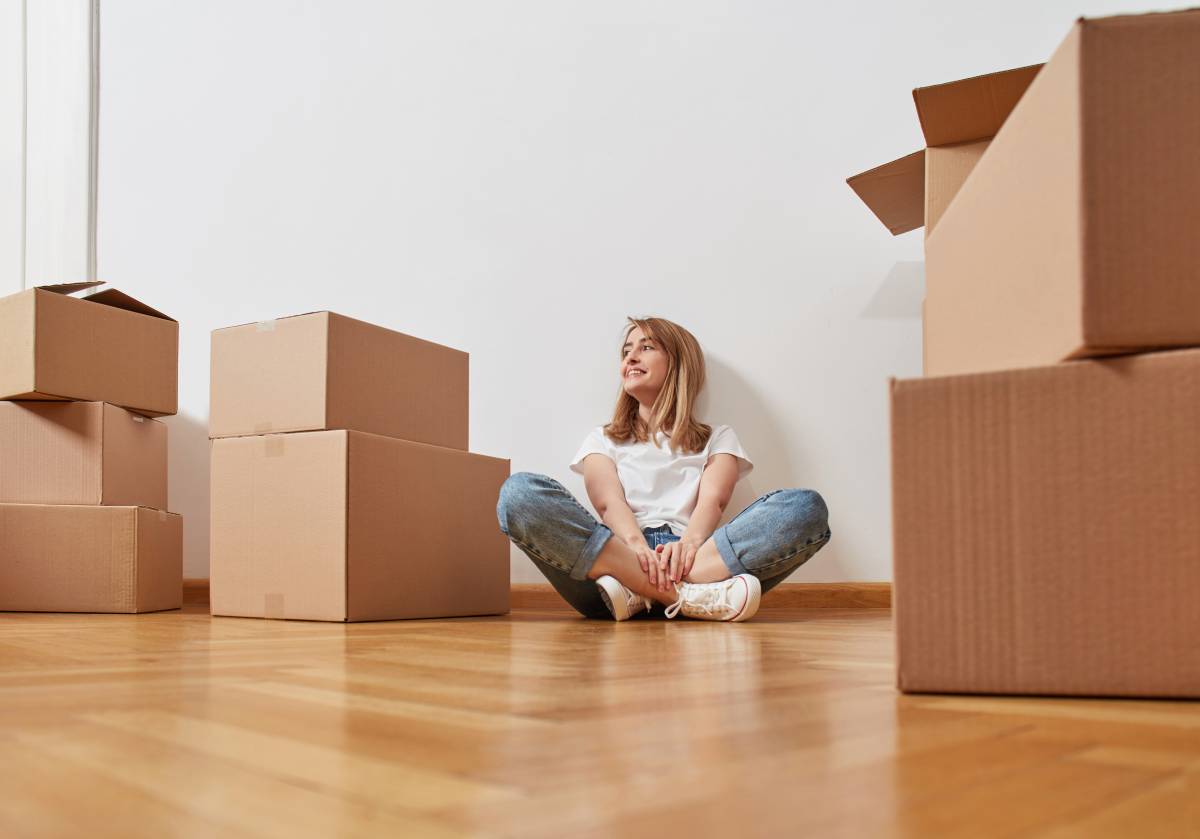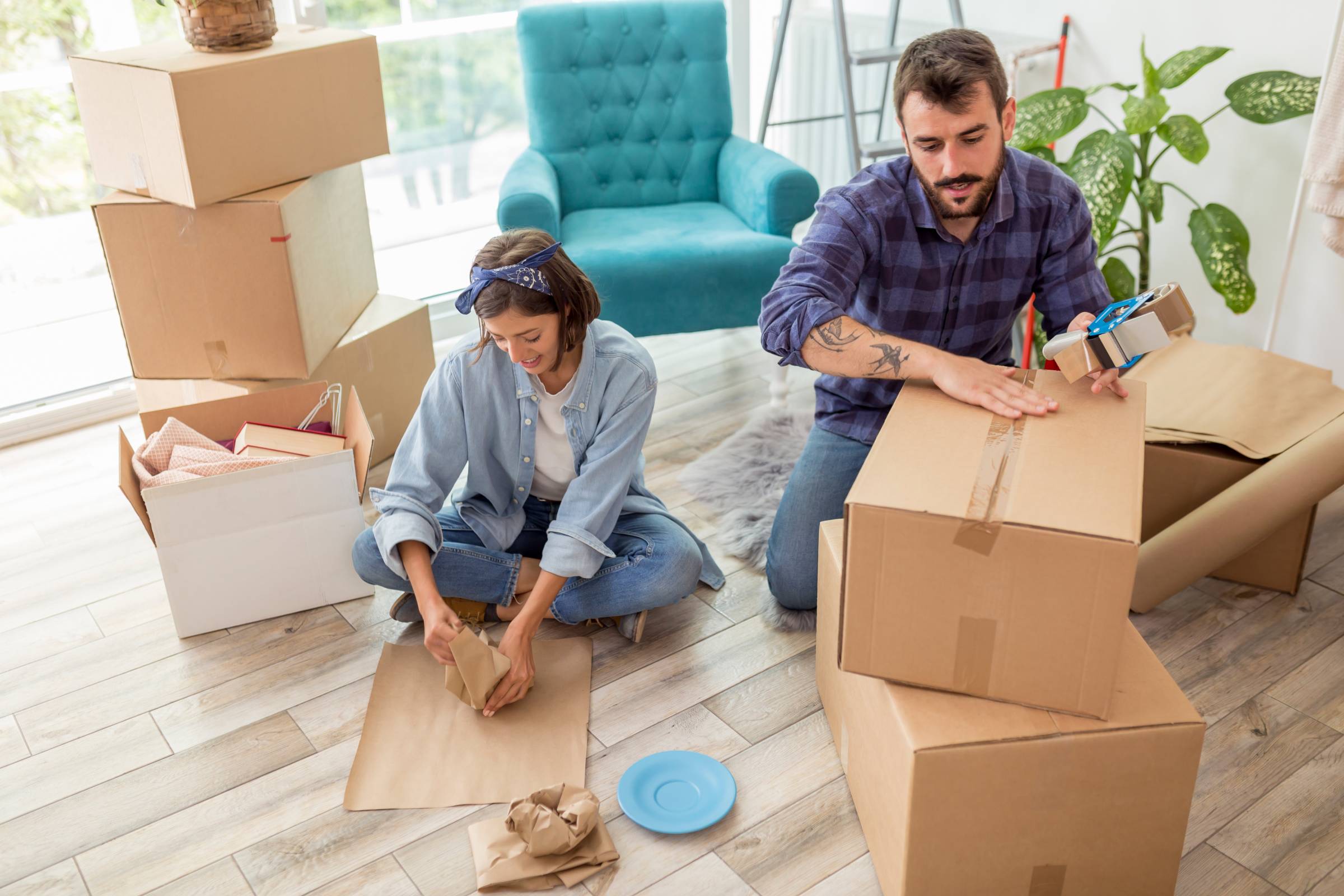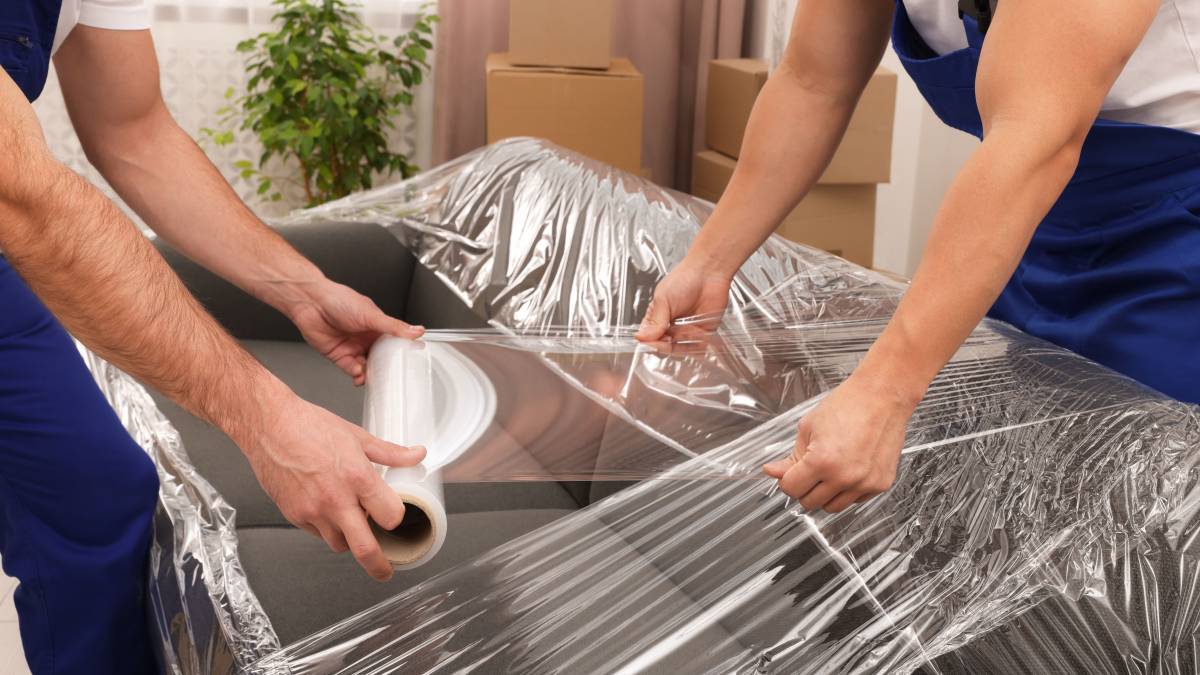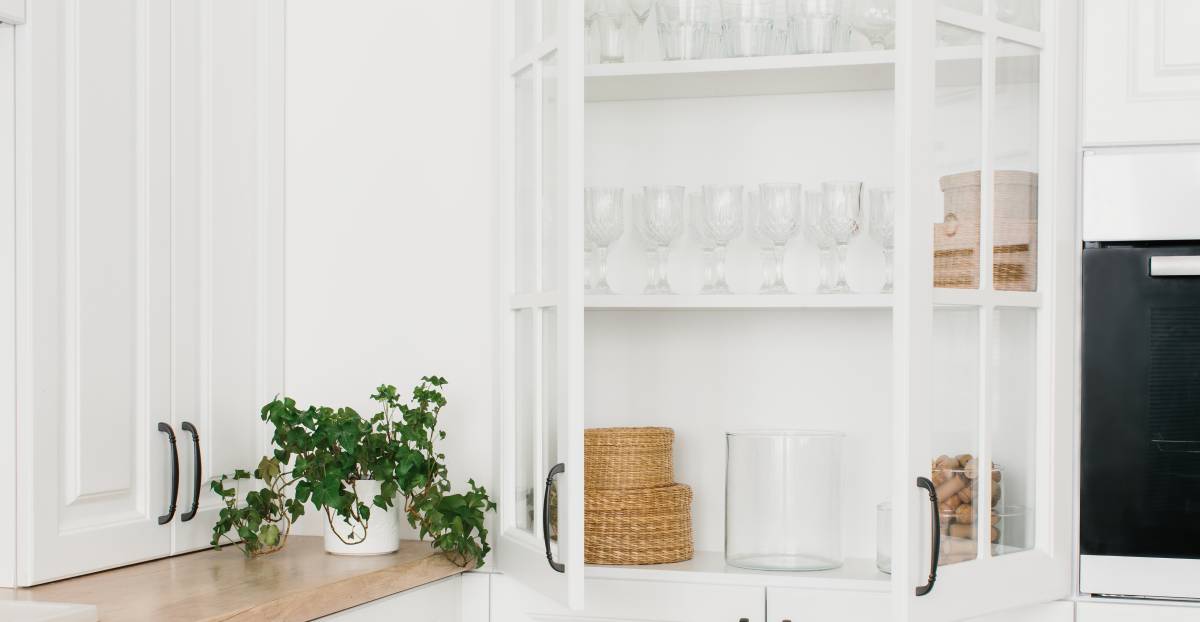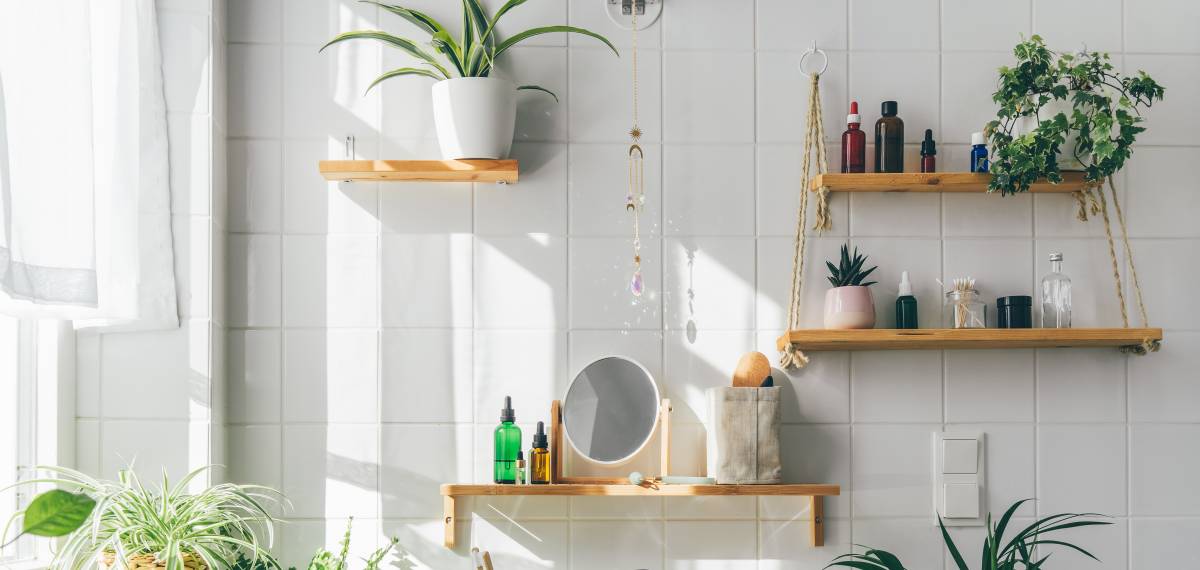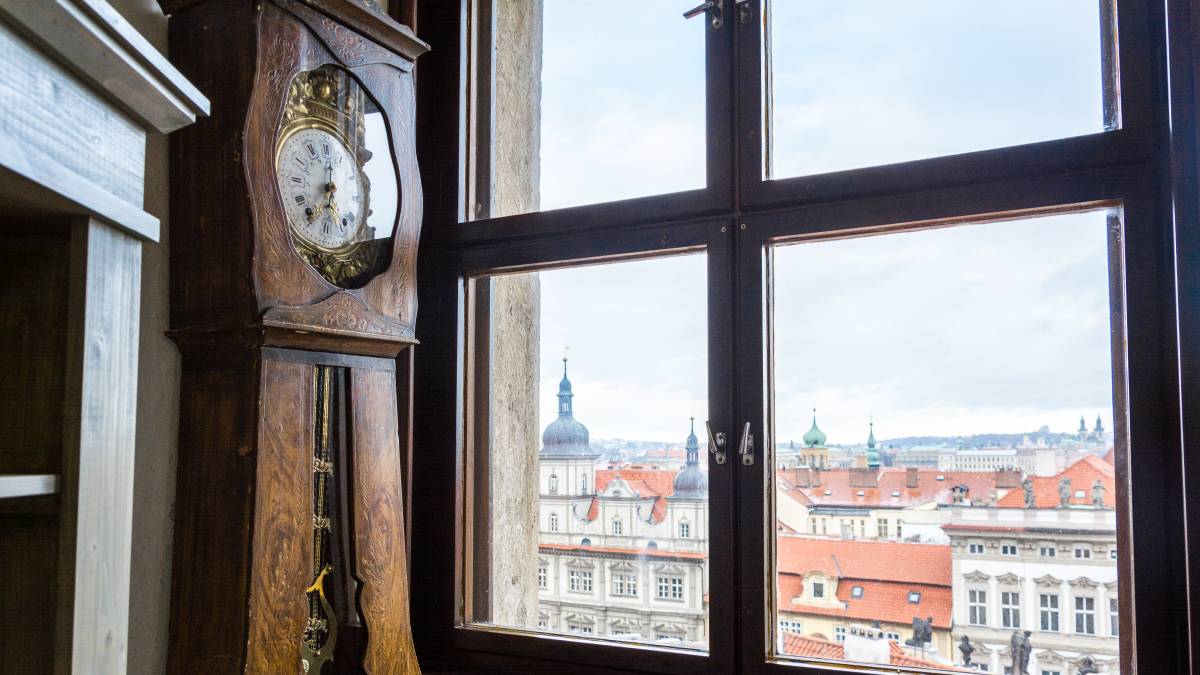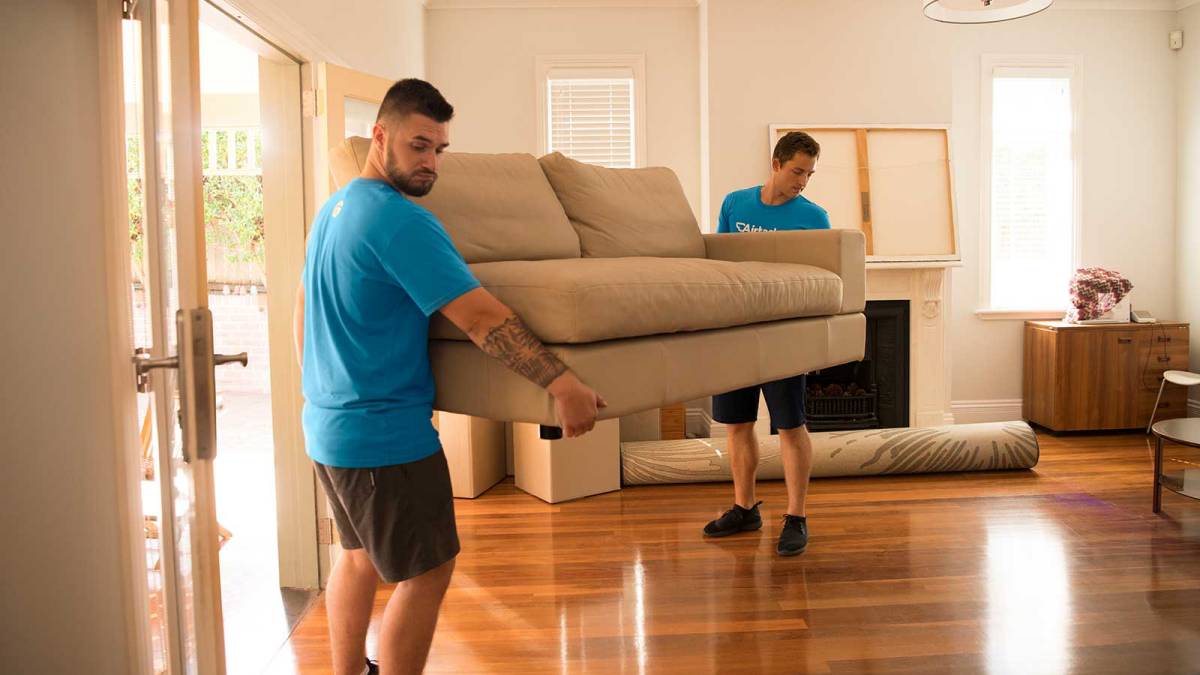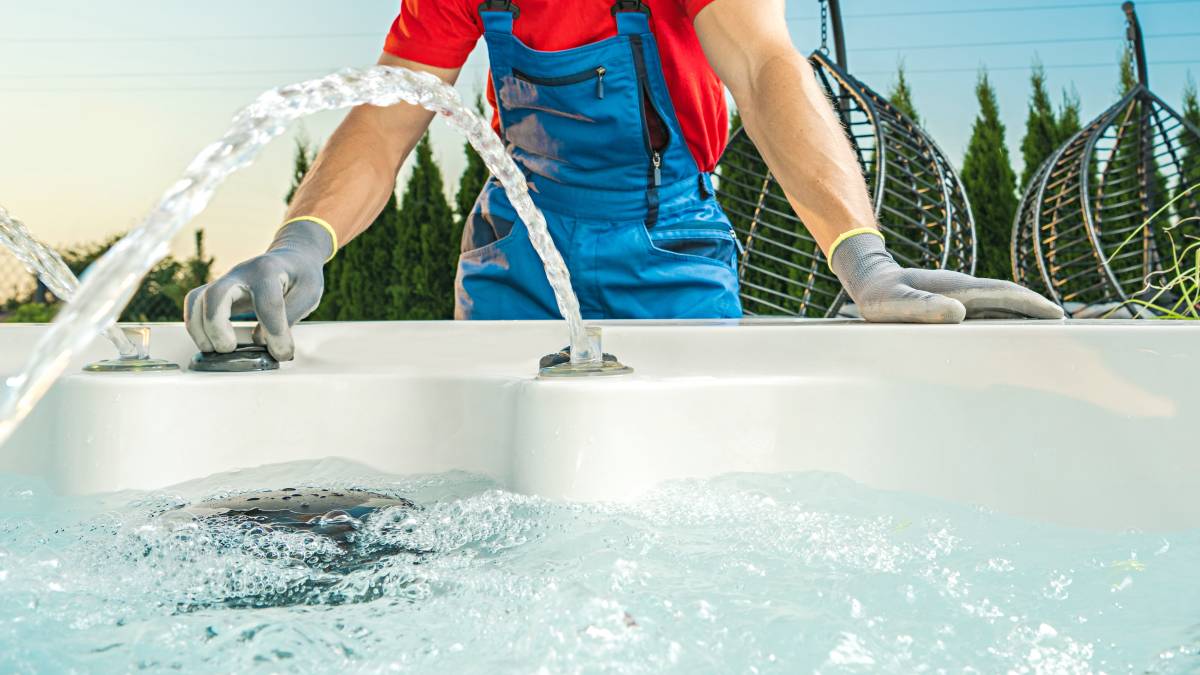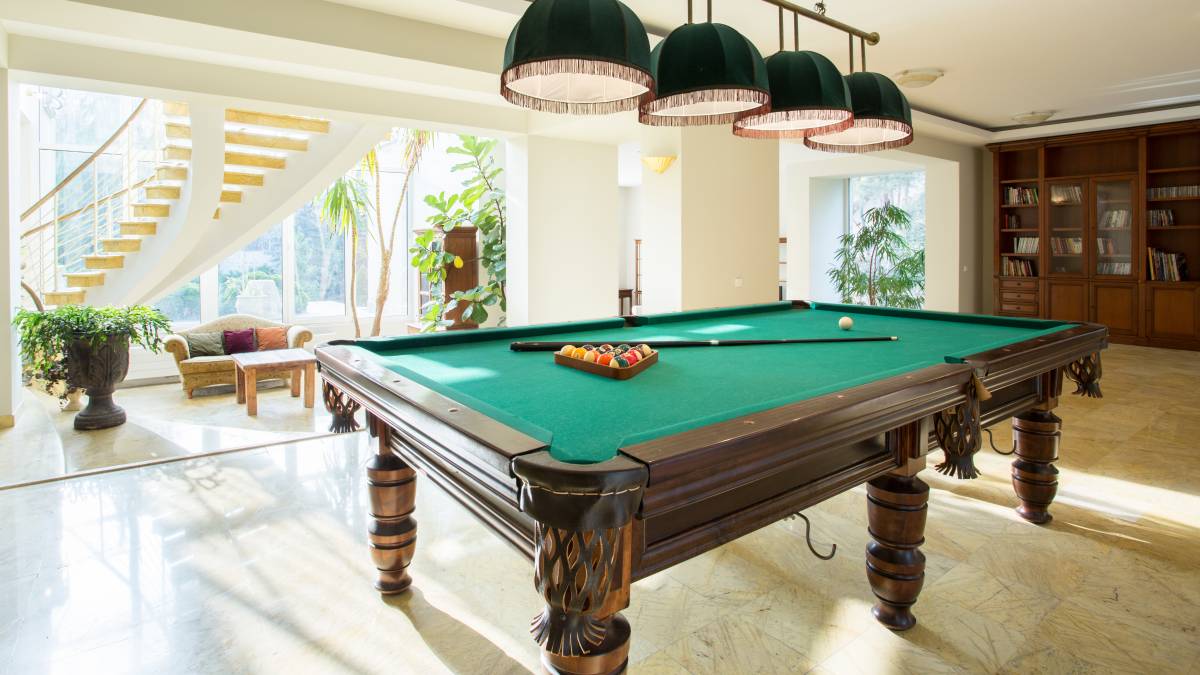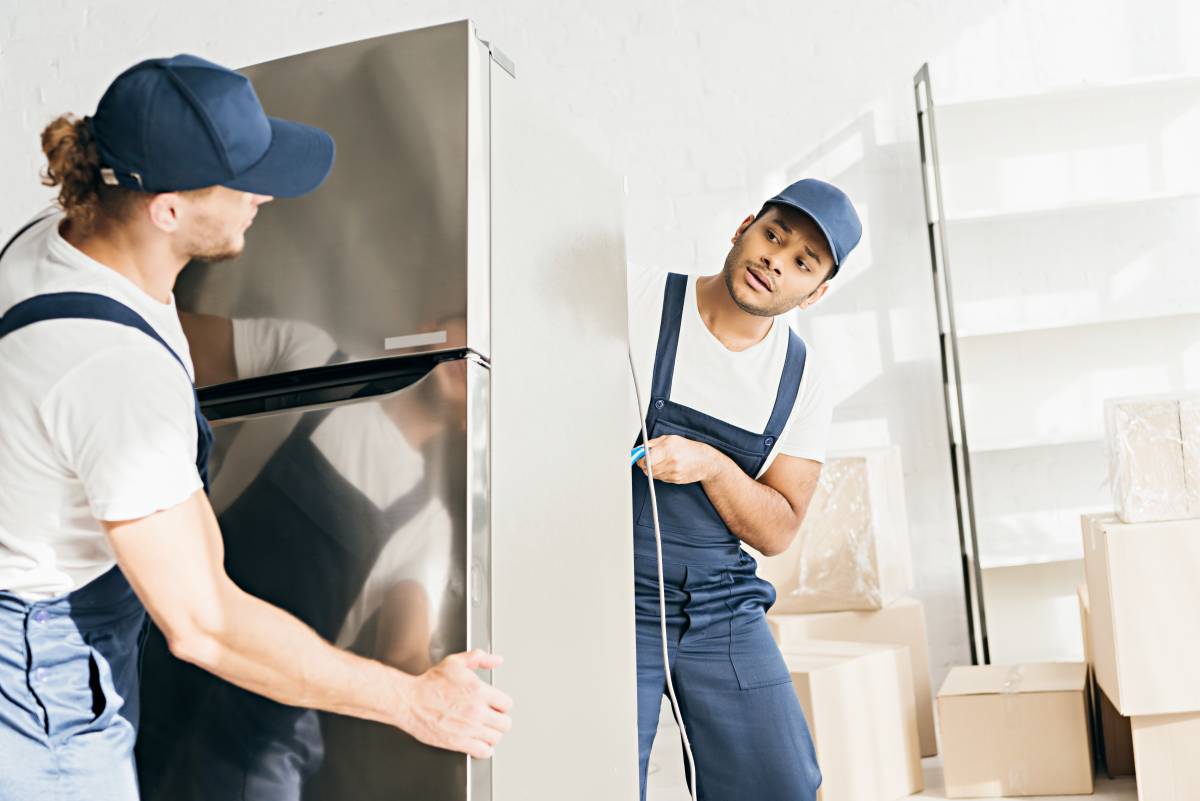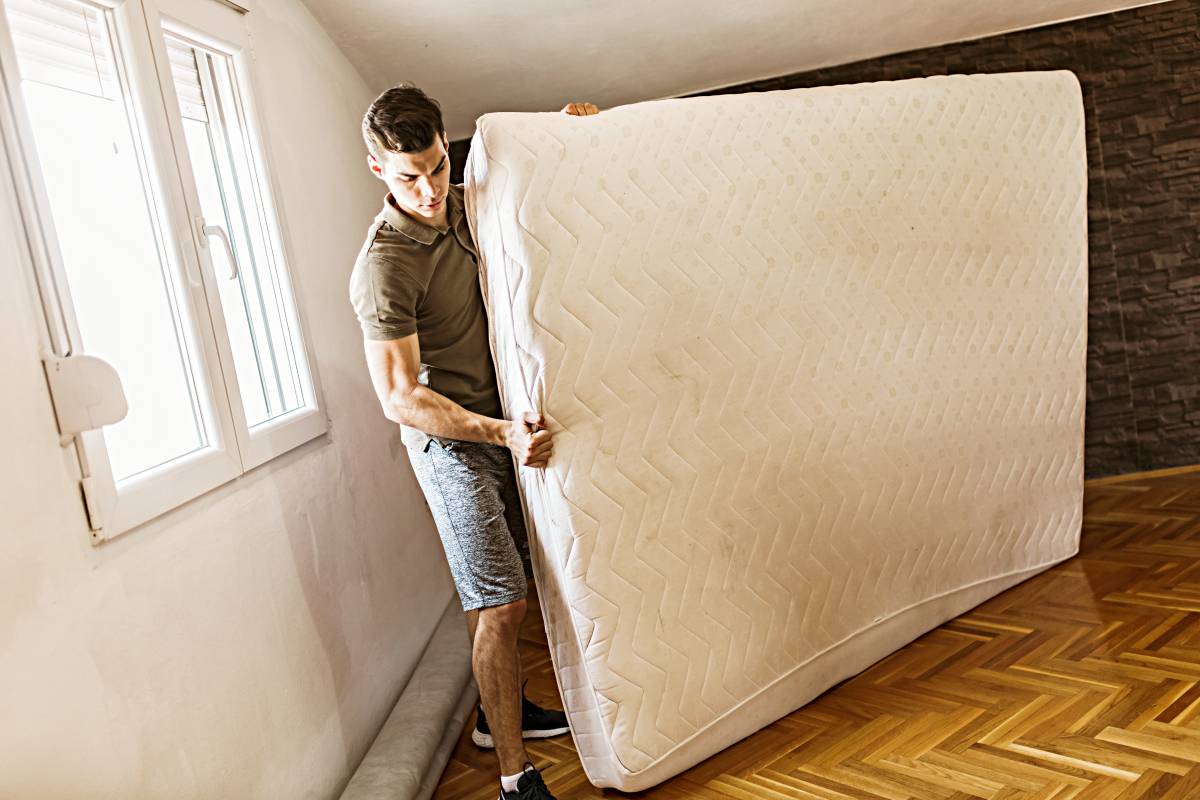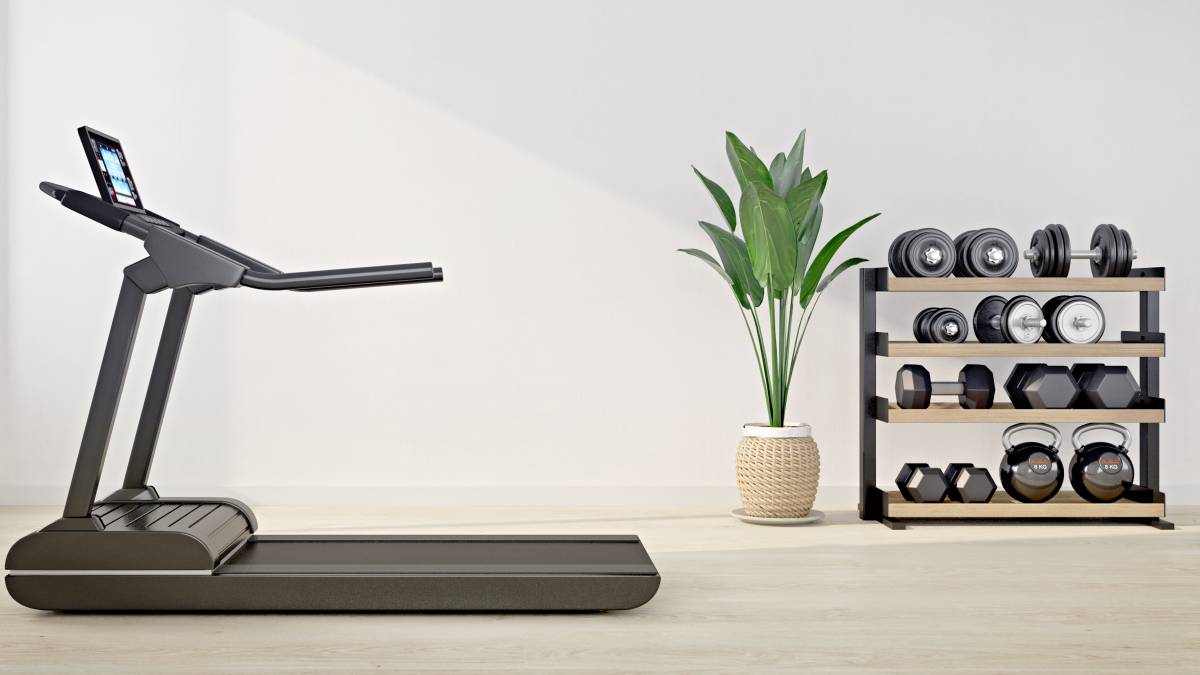- Home/
- Guides/
- Packing & Unpacking/
- How to Pack Dishes for Moving
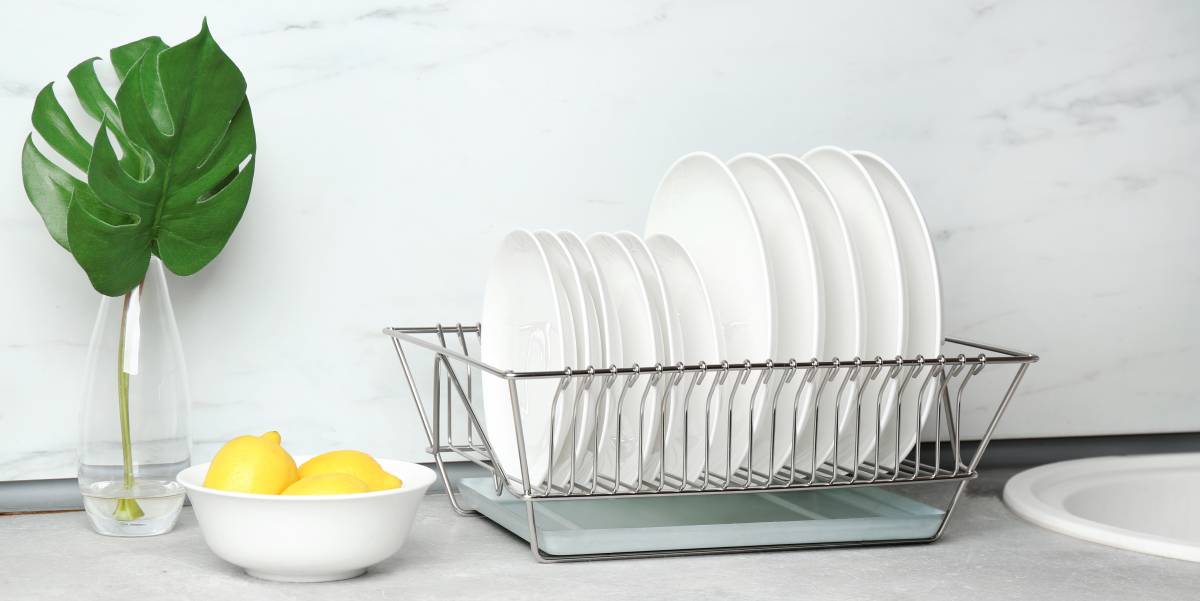
Don't break a dish: Top tips for moving your dinnerware
Don’t let the thought of packing your dishes for a move stress you out. Read these tips for packing your dishes safely for moving!
Get moving helpLast Updated on
Do you find packing your things hard to do? Or perhaps it’s your first time moving to a new flat, leaving you a tad bit clueless about the moving process. Undoubtedly, fragile items, such as dishes, are one of the hardest to pack. They’re delicate and sometimes expensive. That’s why it’s important to be careful handling them.
You can choose to find a small removal specialist in your area, but you can also do it yourself. If you need help figuring out how to pack dishes for moving, here’s an easy-to-follow guide.
What you’ll need:
Here are a few items to start your worry-free flat removal. These will jumpstart your way to packing dishes for moving.
-
Wrapping materials (choose any from the following)
Newspapers or magazines
Towels or T-shirts
Sheets or pillowcases
Kraft paper or old paper bags
Bubble wrap
Packing paper
Styrofoam
Small or medium-sized boxes
Packaging tape
Markers
Learn how to pack dishes for moving
Step 1: Choose your wrapping material
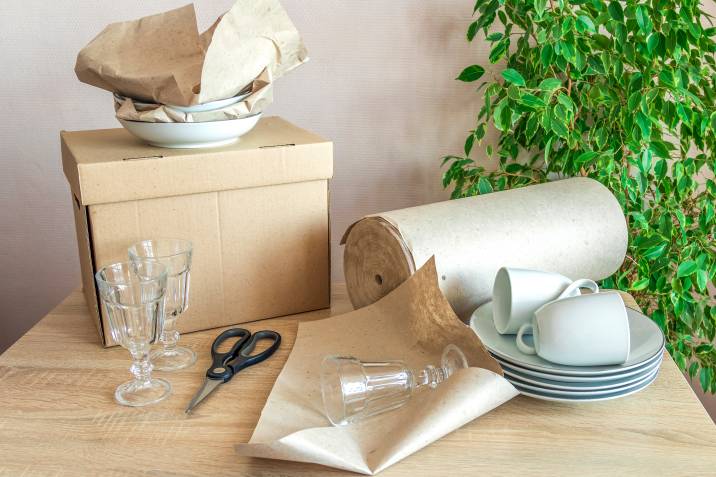
If you think newspapers are the only thing you can use for wrapping dishes, think again. There are many other choices for your wrapping selection. You can go for towels, T-shirts, sheets, and pillowcases. The great thing about them is that you already have them at home, which means they’re free. Just be sure that your chosen packaging materials are big enough to wrap around your dishes.
Bubble wrap, packing paper, and styrofoam are also great alternatives if you want to buy packaging materials for your dishes. Besides these wrappers, you’ll also need small to medium-sized china packing boxes. Don’t forget packing tape and markers to add support and labels.
Step 2: Fold your boxes the right way
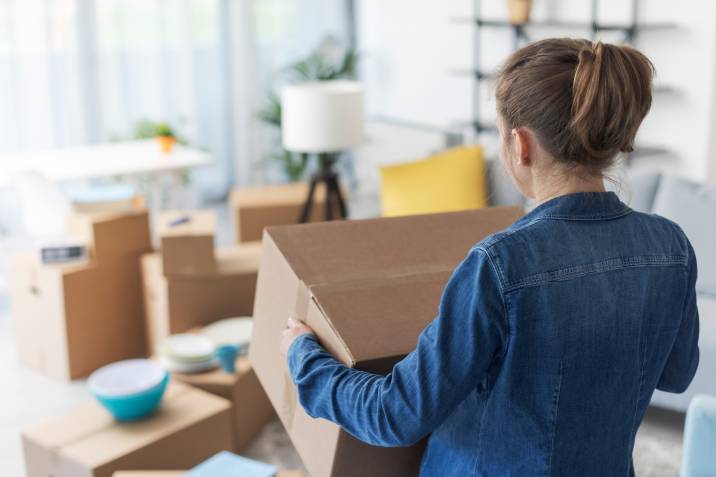
If you have an open or unfolded box, flip it over and expose the bottom. Fold the two smaller flaps inside the box, followed by the larger ones. This order will give your package better form and support, ideal for long-distance travel and your breakable belongings.
Step 3: Stabilise your boxes
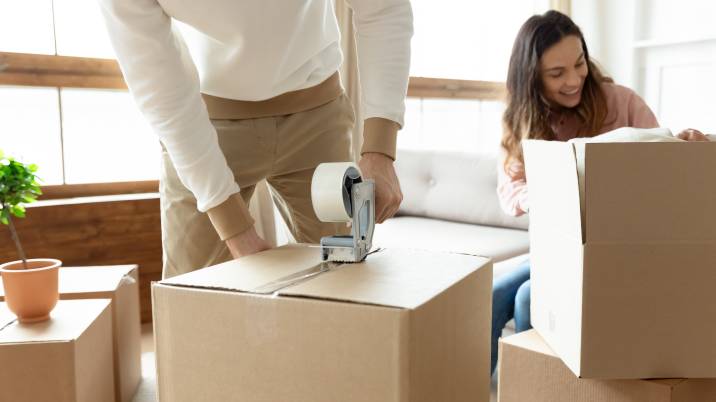
Dishes can be heavy. That’s why it’s important to use the proper moving boxes and prepare them well. After setting them up, adding tape will hold them better together. Tape along the horizontal and vertical lines where the box’s edges meet.
When you’re done taping the bottom of the box, it should look like a letter H. You can add at least two layers of tape for a stronger hold.
Step 4: Wrap up your dishes
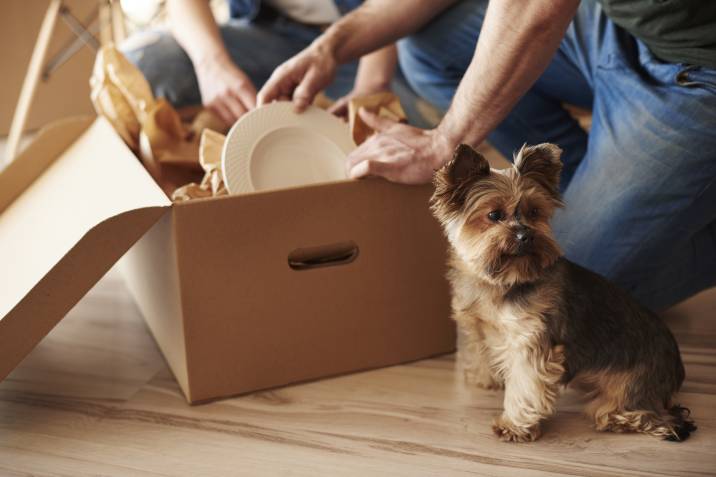
Whichever wrapping material you’re using, packing plates for moving always starts with the same step. You’ll need to wrap them individually. Begin by putting a plate in the centre of a sheet or material. Then fold each corner into the middle of the plate.
Secure the dishes with tape if you’re working with newspapers, packing paper, or bubble wrap. You can follow the same steps above if you’re looking into a nifty way to pack casserole dishes for moving. The same goes for fragile items, like glasses, pots, pans, and more.
Step 5: Load the dishes into the box
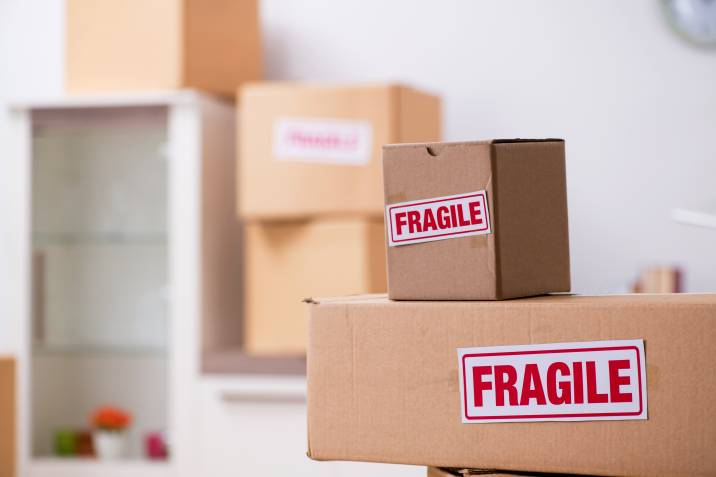
Line up the bottom of the box with towels or newspapers before loading it with dishes. But don’t lay them flat, as this would make them prone to breaking. Instead, place them vertically or on their sides as if you’re putting them on a dish rack. After the dishes are set in the box, cover them with a towel for protection.
Close the box and tape it securely. There shouldn’t be space in the box for the dishes to shake. Add a “Fragile” and “This side up” label to ensure anyone who handles the box will do so with extra care. You can also write “plates” or “bowls” on the box to help organise and sort it out.
Wrap up the dishes and get going on your move
Indeed, there are many other items to pack at home besides your dishes. You may even need to tap a team for reliable moving assistance. But don’t let the stress of moving home get in the way of this exciting chapter of your life. If you need extra hands, get help from a professional removalist. Post a task on Airtasker today!
FAQs on packing dishes for moving
You should pack plates vertically. Loading them on top of each other can cause damage, especially if the box encounters pressure or force on its way to your new flat. A good rule of thumb is always to place dishes on their side.
Start by individually wrapping your dishes and glasses with your preferred material. For glasses, don’t forget to add extra wrapping material around handles and stems to prevent damage. It’s also important to fill the empty spaces within the box. This will prevent your glasses from moving around (possibly breaking) inside the box.
Pro tip
: Glasses are more delicate than other dishes, so it’s best to use bubble wrap because it has more cushion.
Using china packing boxes is still your best bet. But if you want to go box-free, you can go for plastic storage containers and trays. You can also try other options, such as suitcases, briefcases, tote bags, backpacks, pots and pans, dresser drawers, laundry baskets, and trash bags. A rubbish bin lined with a clean plastic bag can be another alternative.
Find packing and unpacking removalists, fast
Find a packing & unpacking removalist
Related articles
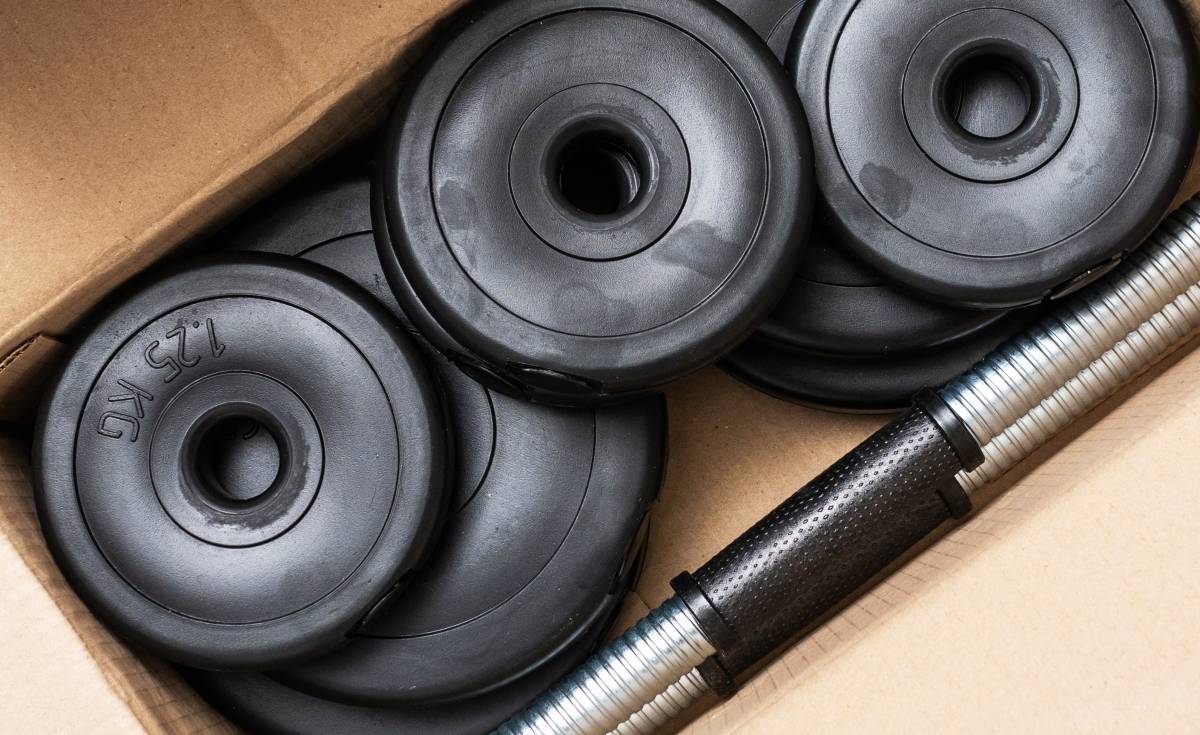
How to move gym equipment safely
Read more
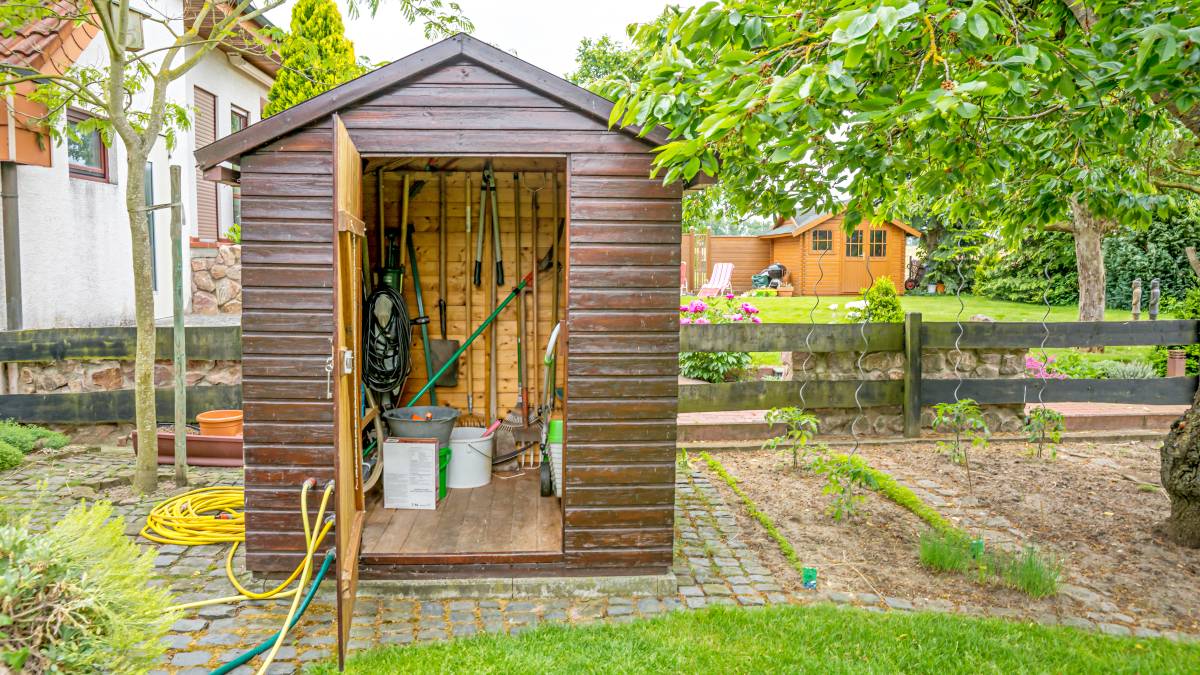
How to move a shed
Read more
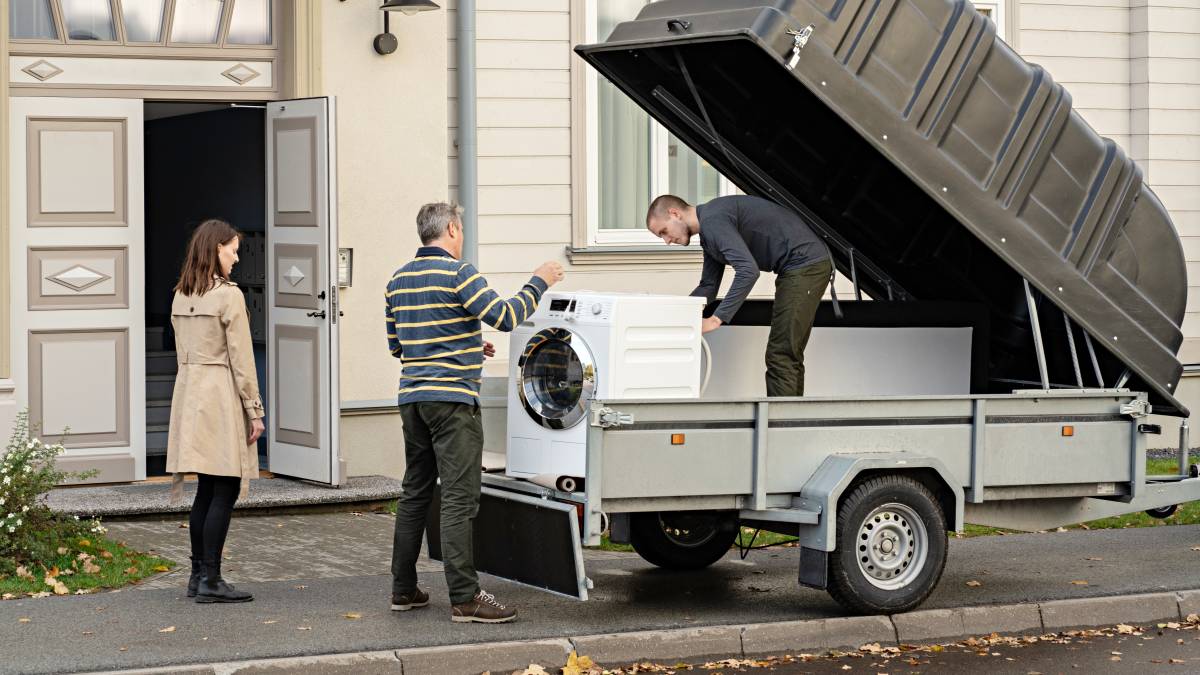
How to move a washing machine
Read more
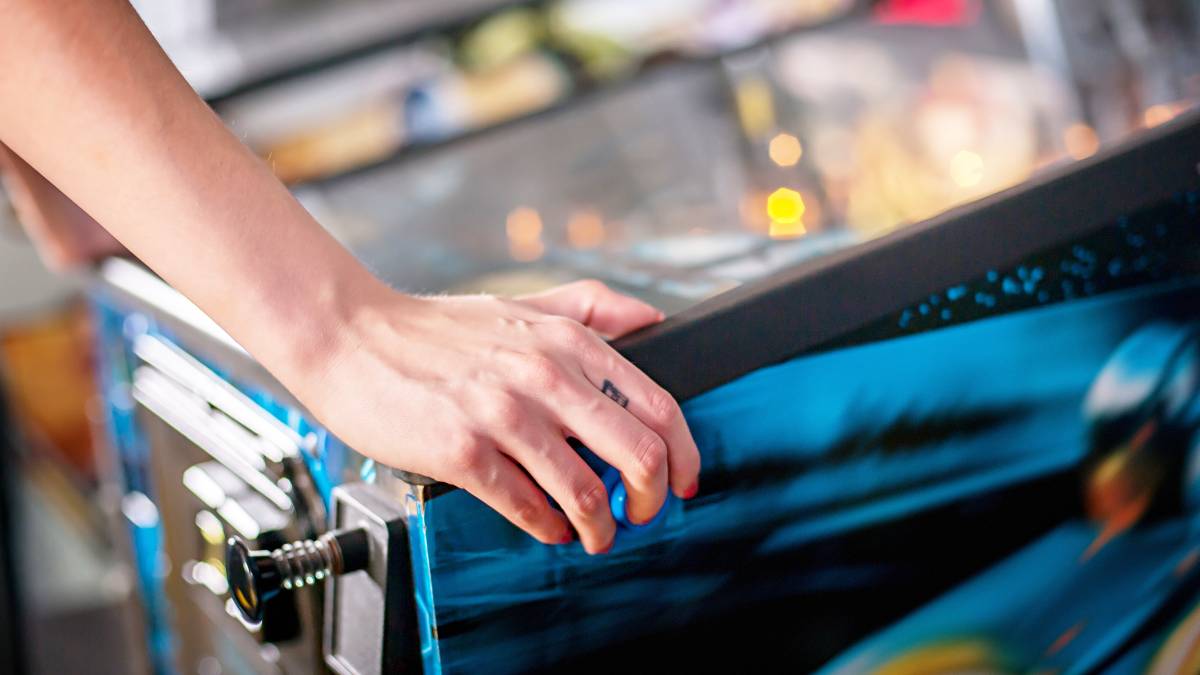
How to move a pinball machine
Read more
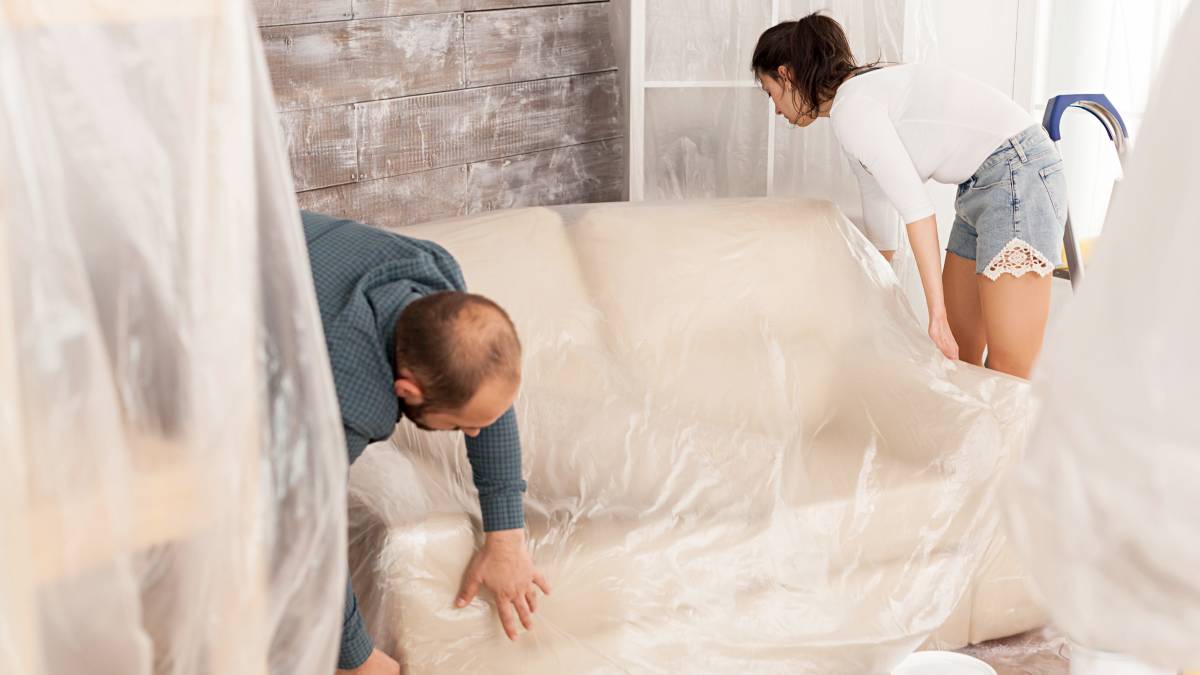
How to wrap furniture for moving
Read more

What moving companies won’t move
Read more
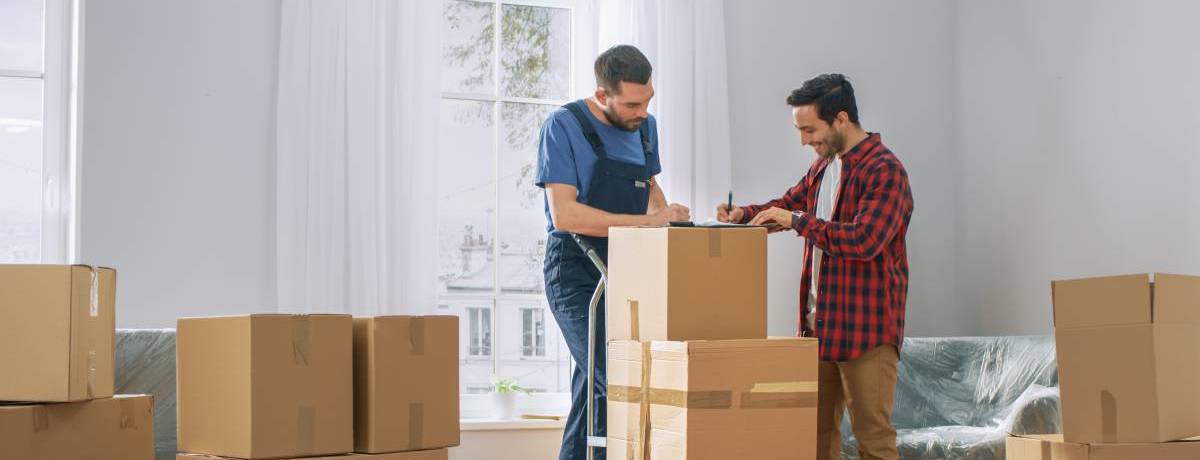
A guide to becoming a removalist
Read more
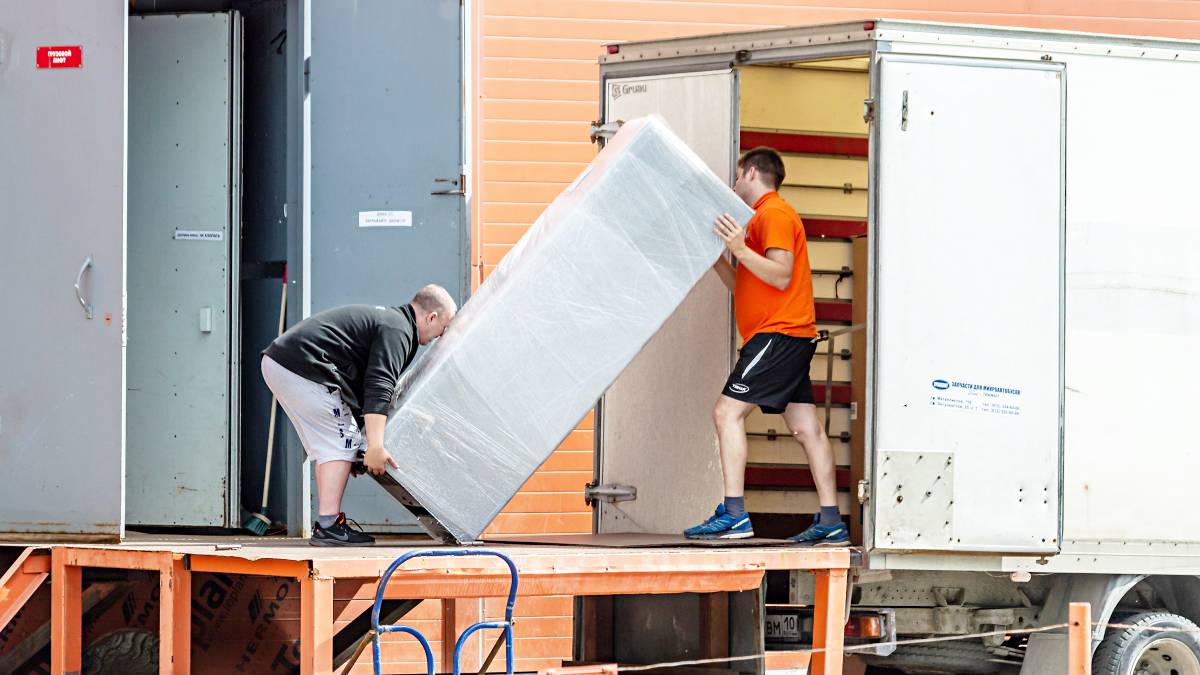
Moving a fridge: How to do it right
Read more
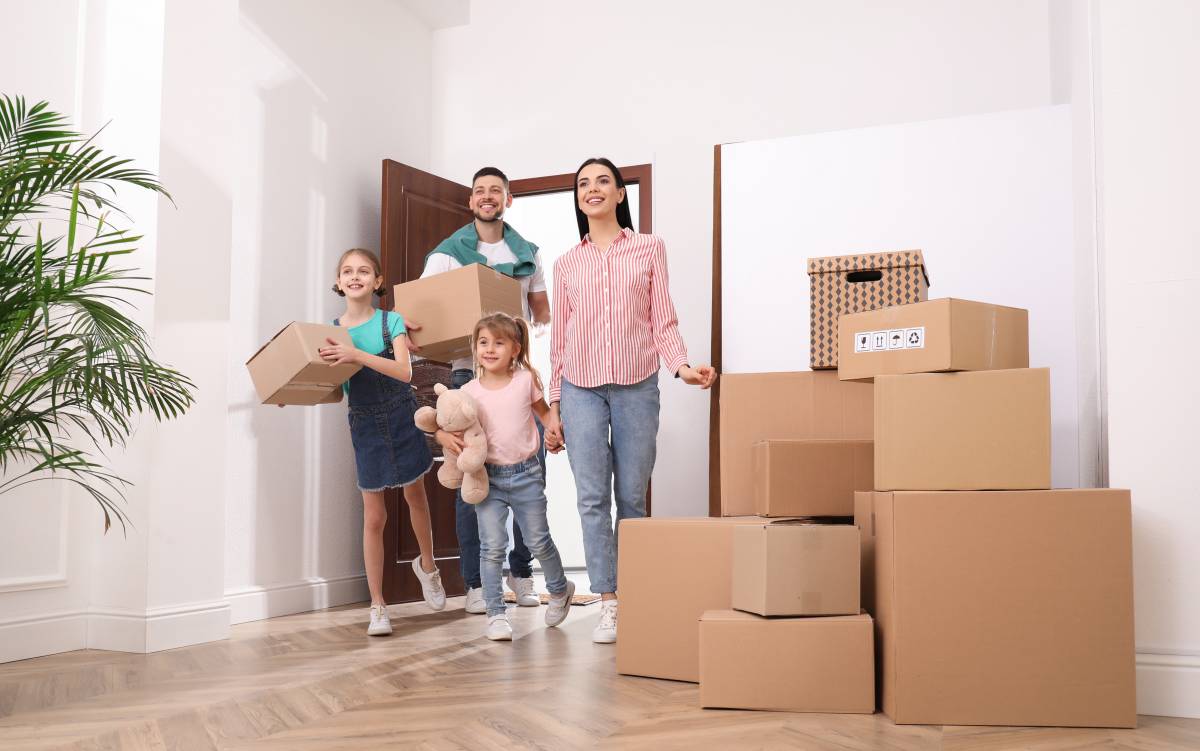
Tips for moving house with kids
Read more

How to move a vending machine
Read more

How to pack mirrors for moving
Read more
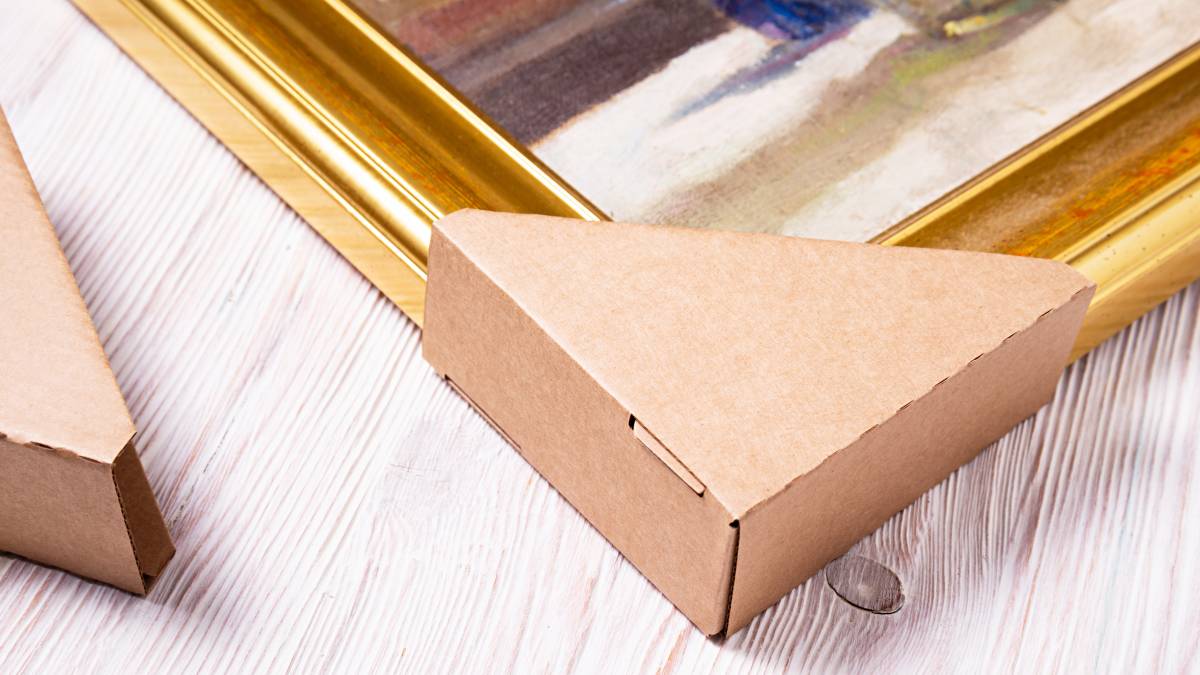
How to pack artwork for moving
Read more

How to pack bedding for moving
Read more

How to move a pool table
Read more
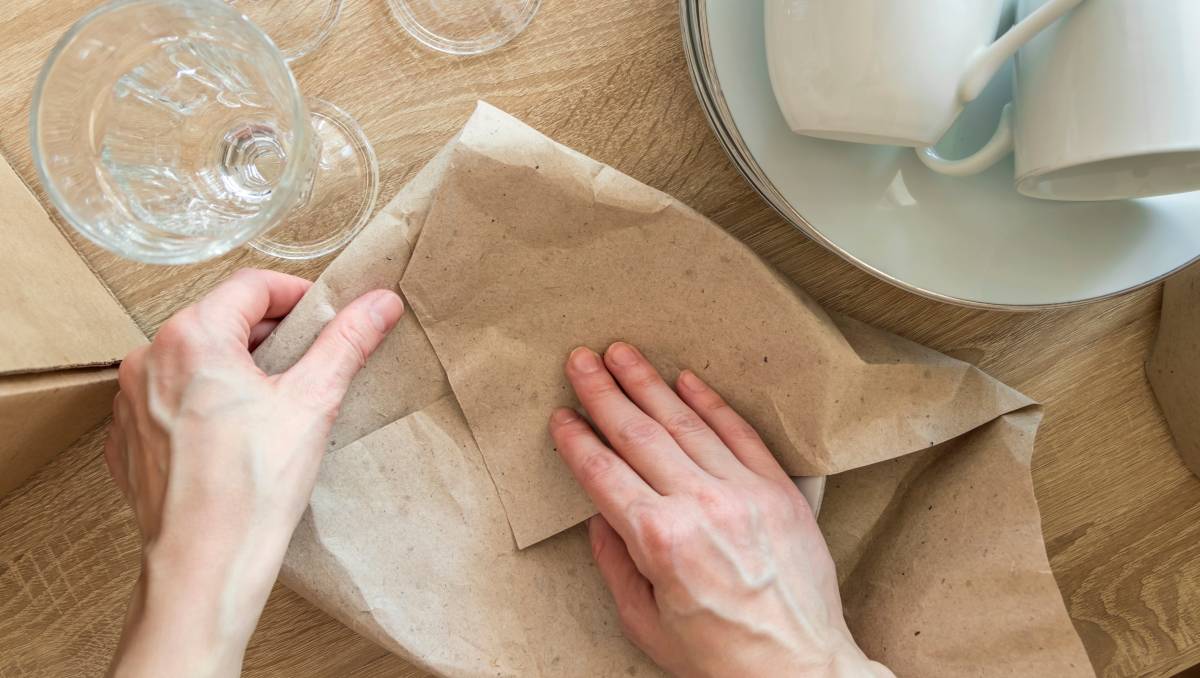
How to pack kitchen items for moving
Read more
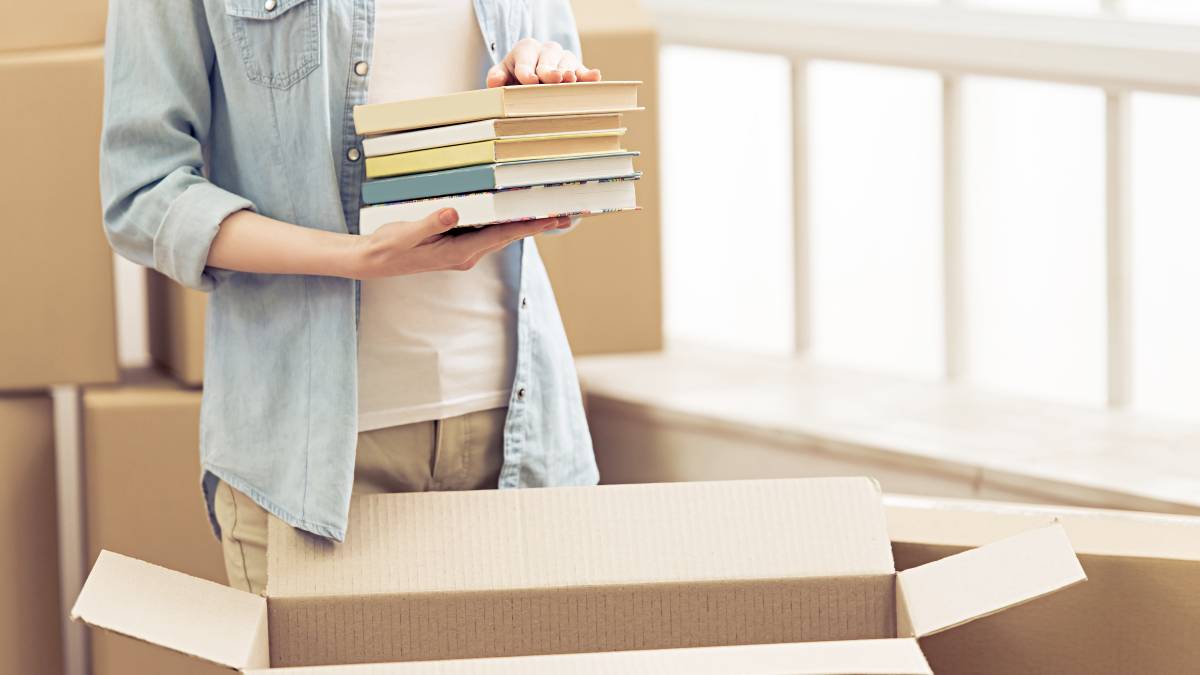
How to pack books for moving
Read more
Related price guides

How much does it cost to move house?
Read more

How much do removals cost?
Read more
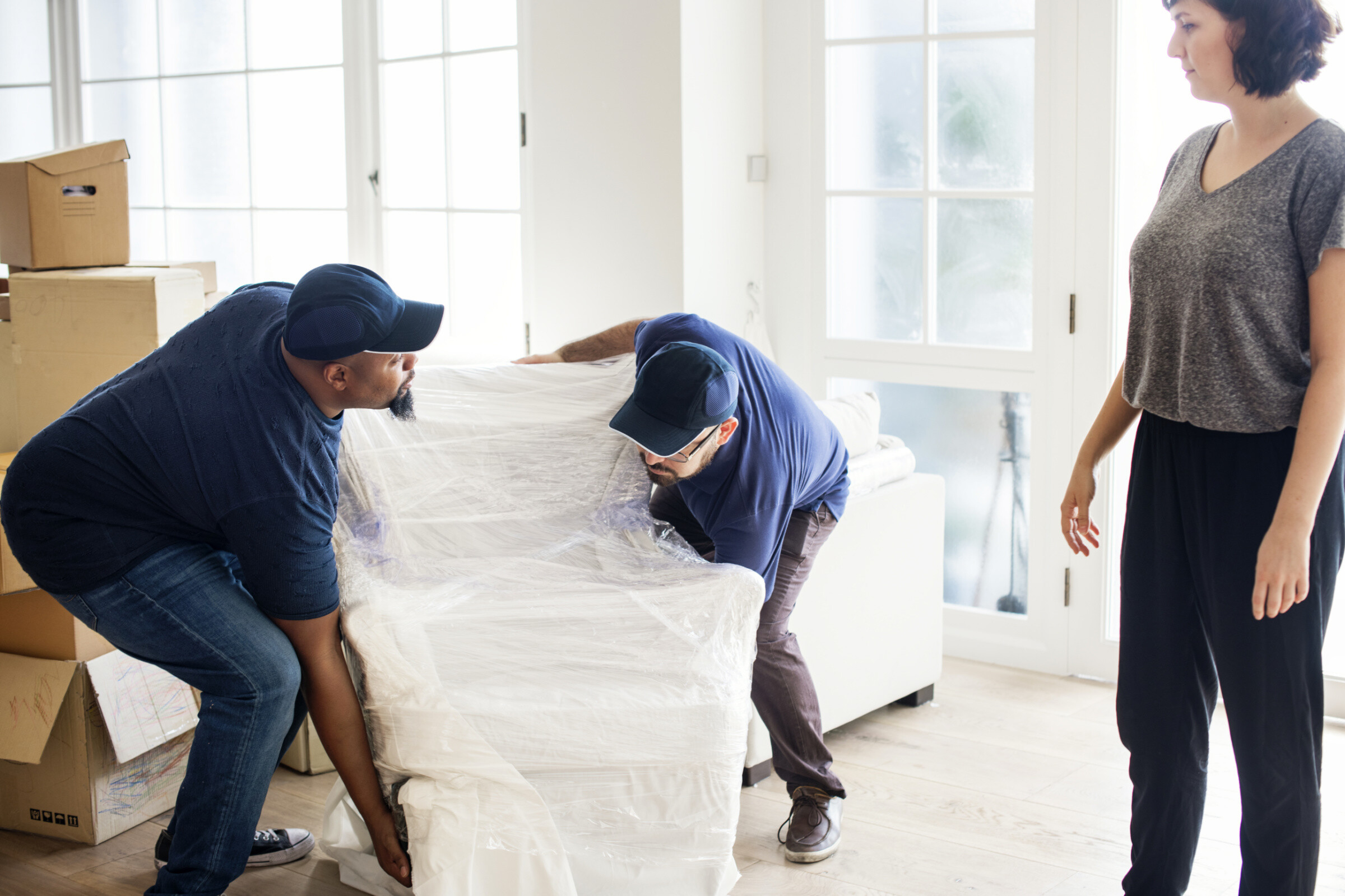
How much does it cost to move house?
Read more
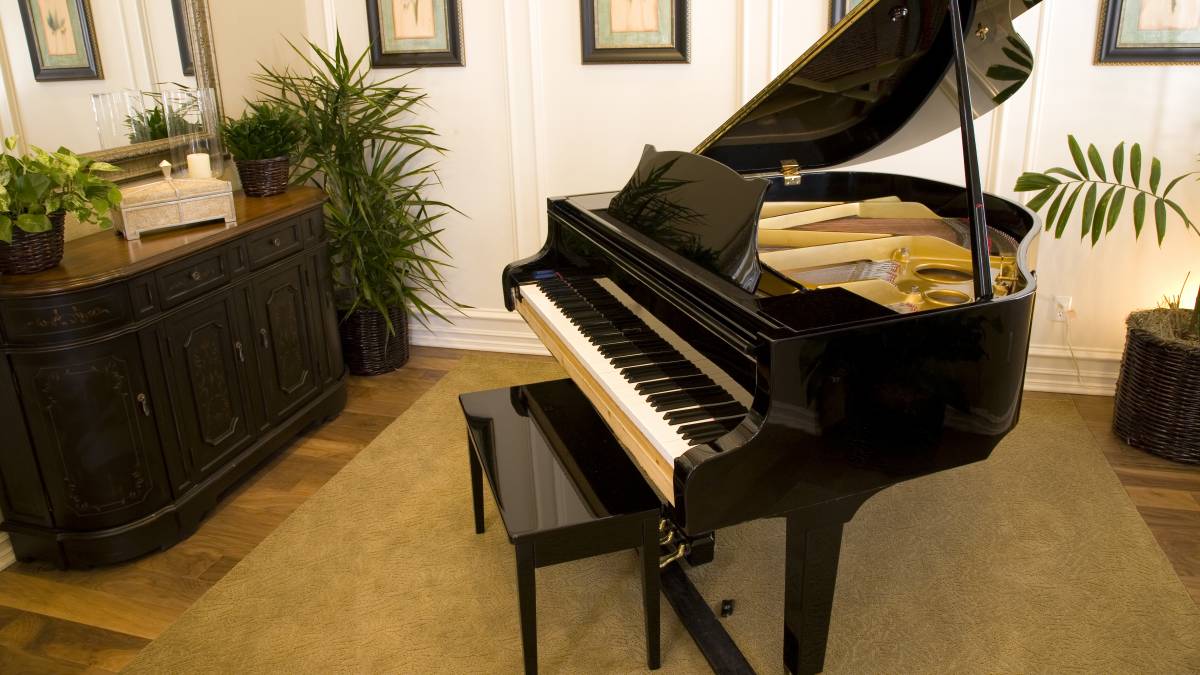
How much does piano moving cost?
Read more
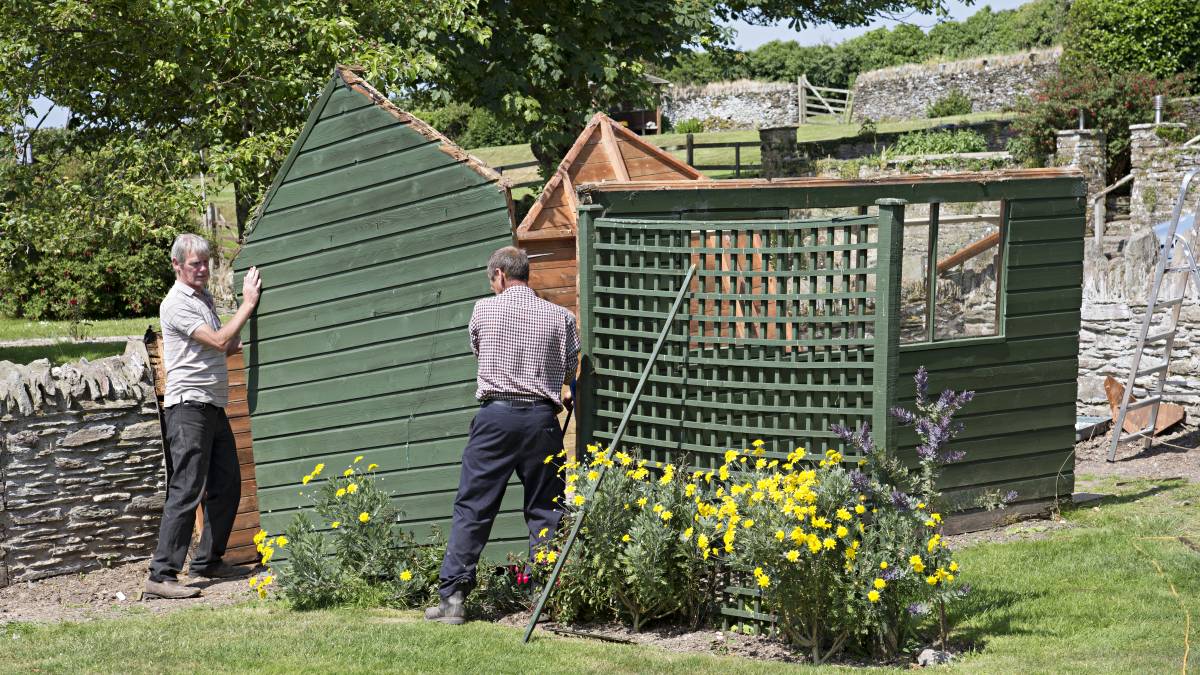
How much does shed removal cost?
Read more

How much do packers cost?
Read more
